- Susan Alcorn
- Camae Ayewa
- Ada Babar
- Erich Barganier
- Farid Barron
- BEEP
- Georges Bloch
- Jonas Braasch
- Leo Chang
- Marc Chemillier
- Matthew Clayton
- Adriano Clemente
- Pierre Couprie
- Scott Deal
- Max Eilbacher
- Flannery Cunningham
- Ken Deguernel
- Melanie Farley
- Rémi Fox
- Matthew Goodheart
- Jeff Gregorio
- Hatchers
- Oliver Hickman
- HPrizm
- Sandy James
- KEROAÄN
- Youngmoo Kim
- Mari Kimura
- Mohamed Kubbara
- György Kurtág Jr
- Steve Lehman
- Bernard Lubat
- Madam Data
- John Mallia
- Rudresh Mahanthappa
- Adrien Mamou-Mani
- Miya Masaoka
- Matmos
- Mental Jewelry
- Dave Middleton
- Katarina Miljkovic
- Roscoe Mitchell
- Dafna Naphtali
- Jérôme Nika
- Bob Ostertag
- Joo Won Park
- Tae Hong Park
- Joseph Pfender
- Bhob Rainey
- Sarah Belle Reid
- David Rosenboom
- Charles Kely Zana-Rotsy
- Lance Simmons
- LaDonna Smith
- Jeremy Stewart
- Ashley Tini
- Toshihisa Tsuruoka
- Adam Vidiksis
- Chris Watford
- Matt Wright
- Michael Young
- Mina Zarfsaz
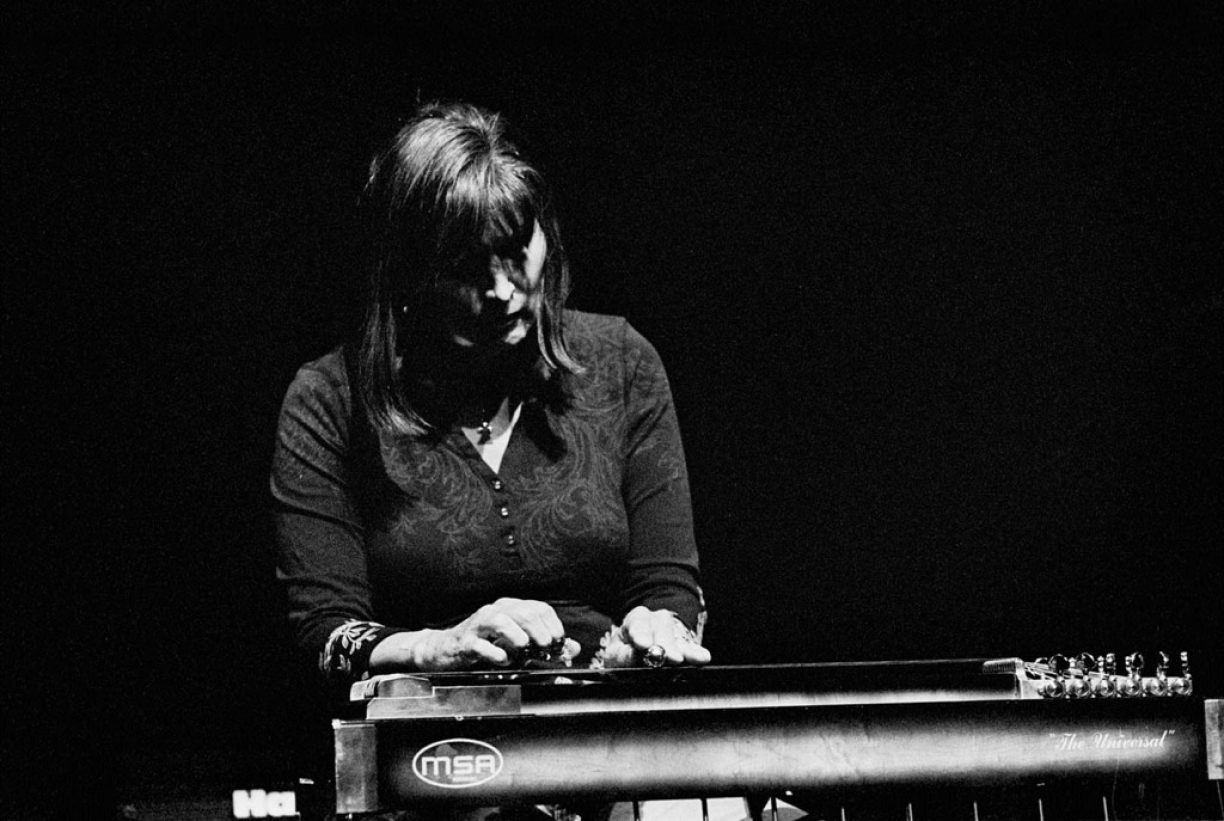
Susan Alcorn
One of the world’s premiere musical innovators on her instrument, Baltimore-based Susan Alcorn has taken the pedal steel guitar far beyond its traditional role in country and western swing music. Known among steel guitarists for her virtuosity and authenticity in a traditional context, Alcorn first paid her dues in Texas country & western bands. Soon she began to expand the vocabulary of her instrument through her study of modern classical music (Messiaen, Varèse, Penderecki), the deep listening of Pauline Oliveros, Astor Piazzolla’s nuevo tango, free jazz, and world musics (Indian rags, South American songs, and gamelan orchestra). Her pieces reveal the complexity of her instrument and her musical experience while never straying from a very direct, intense, and personal musical expression. Though primarily a solo performer, Alcorn has collaborated with numerous artists including Pauline Oliveros, Evan Parker, Eugene Chadbourne, Peter Kowald, Chris Cutler, Ellen Fullman, Le Quan Ninh, Sean Meehan, Joe McPhee, LaDonna Smith, Mike Cooper, Jandek, Fred Frith, Maggie Nicols, and Mary Halvorson.
www.susanalcorn.net
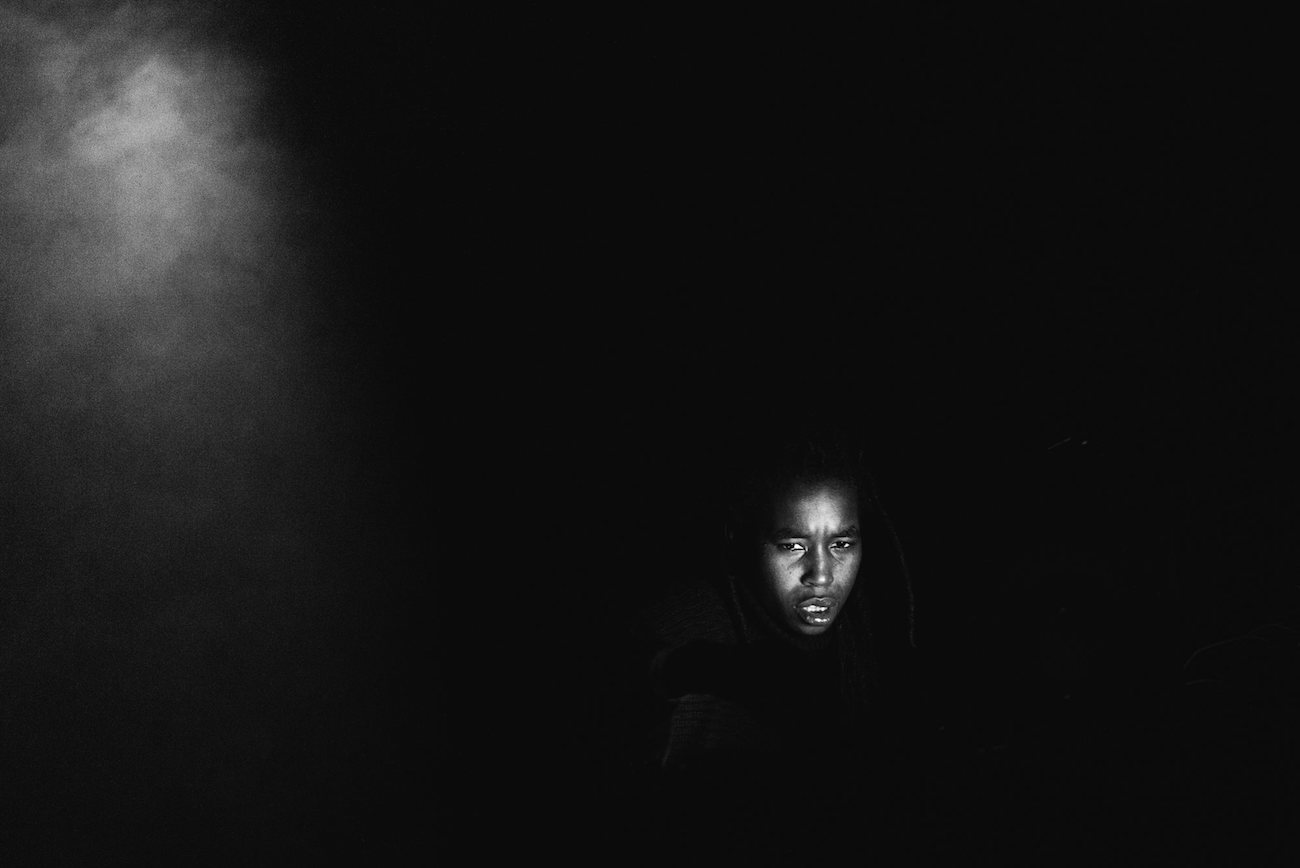
Camae Ayewa
is an interdisciplinary artist based in Philadelphia. Moor Mother (Goddess) is her low fi/dark rap/chill step/ blk girl blues/witch rap/coffee shop riot gurl songs/southern girl dittys/black ghost songs/love chants/african warrior spells/kongo hoodoo/holly hill Mississippi root jams/project housing bop/baptism jazz/quantum futurism/anthropology of conscience/superdefstar gospel/Lima dream music/slaveship punk/soultronic beats/death poems project, with which she has toured worldwide and performed at numerous festivals – sharing the stage with King Britt, Islam Chipsy, Claudia Rankine and many others. As a soundscape artist, her work has been featured at Samek Art Museum, Metropolitan Museum of Art Chicago, Vox Populi, Moogfest, and Everson Museum of Art. Camae is also a singer in punk band The Mighty Paradocs, the voice of the liberation-minded free unit Irreversible Entanglements, and the co-founder of Rockers! Philly – a 10-year long running event series and festival focused on marginalized artists. As a workshop facilitator, she works with youth-centered programs, non profits, and shelters. As a curator of fundraising events, Camae has worked with and serves on the board of Girls Rock Philly, and is a partner at Black Quantum Futurism (with Rasheedah Phillips). Camae is also a poet and author of the forthcoming poetry book Fetish Bones, and is an avid zinemaker, noise therapist, and collector. (📷 Melanie Marsman)
Pitchfork profile / Black Quantum Futurism / Irreversible Entanglements

Ada Babar
Philadelphia-based Atlanta transplant with a focus on combining analog and digital music.
adababar.bandcamp.com
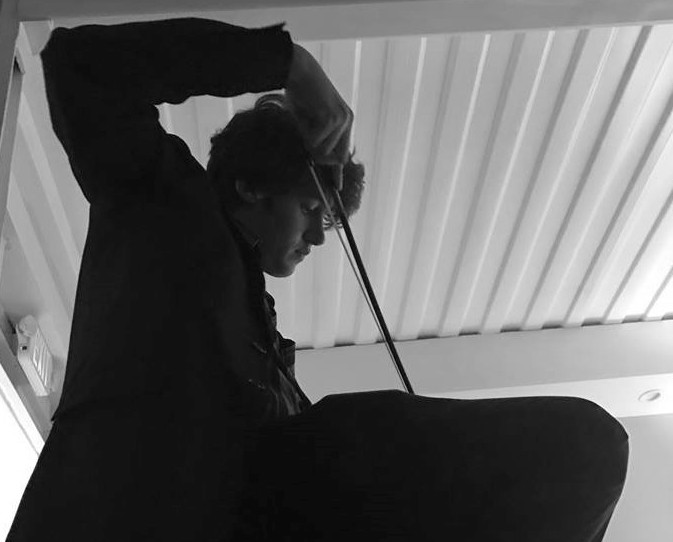
Erich Barganier
is a composer and multi-instrumentalist hailing from St. Petersburg, Florida. He focuses on writing modern classical works and experimental electronic music that explores microtonality, extended techniques, melodic interplay, generative processes, and algorithmic phrasing. His compositions have been performed live or as installations across the world in cities as diverse as New York City, London, Minsk, Sydney, and Kuala Lumpur and have been recorded on Nebularosa Records and Janus Music and Sound.
www.barganiermusic.com
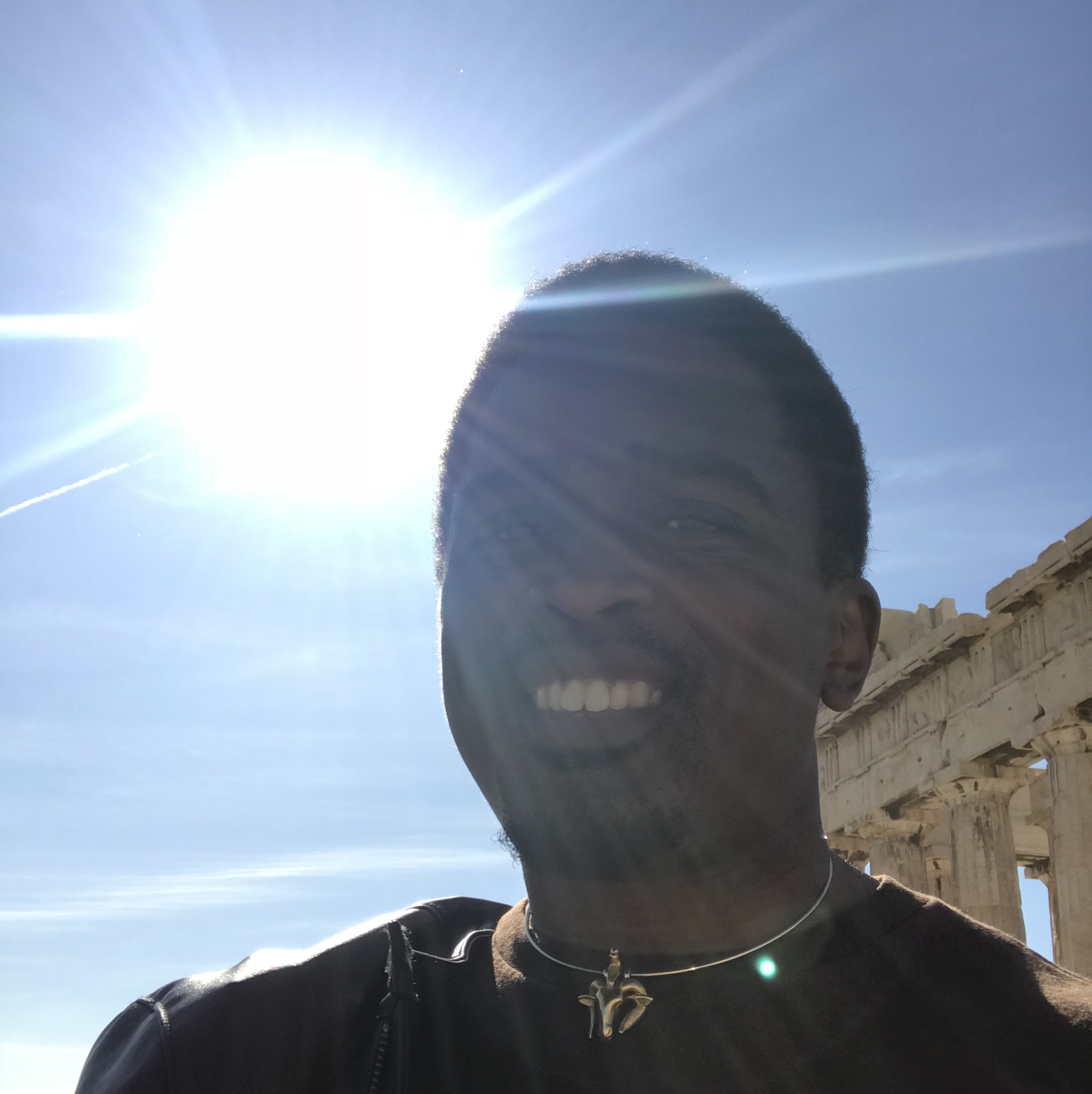
Farid Barron
Farid hit the big time early with Wynton Marsalis. Studied with Barry Harris, served with the US Air Force Band of the West, another stint with the Lincoln Center Jazz Orchestra, then succeeded Sun Ra in the keyboard chair of the Sun Ra Arkestra. Tomas Peña writes “Barron’s exceptional sense of timing, phrasing and timbre puts him on the same level as piano players such as Art Tatum.” Watch out.
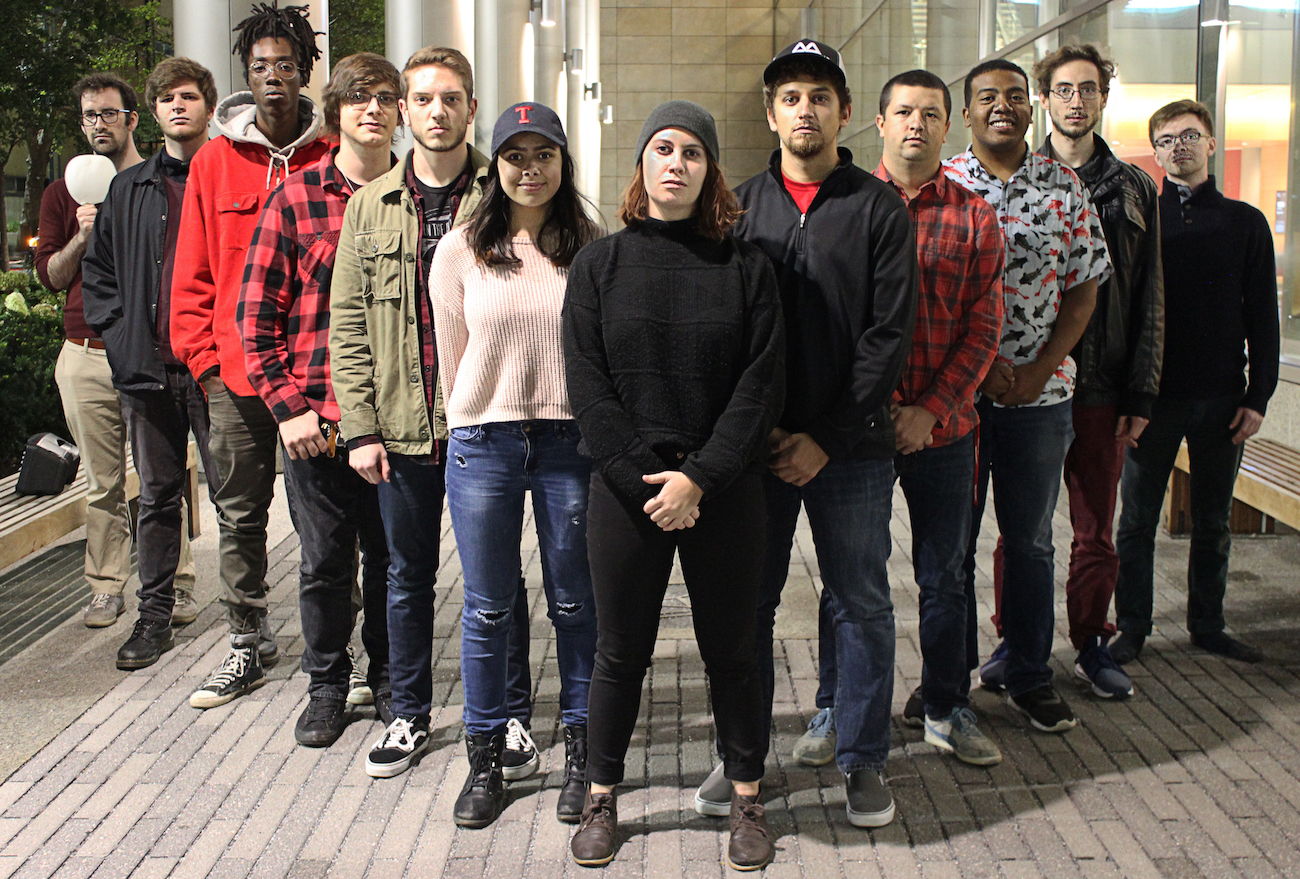
BEEP
The Boyer College Electroacoustic Ensemble Project—BEEP—is a group for electroacoustic music creation in a collaborative environment. Founded in 2013 by Dr. Adam Vidiksis at Temple University, BEEP embraces a variety of aesthetics, from EDM to the avant garde. We function in varied modalities: from a laptop orchestra, to fusion of computers and traditional instruments, to an electronic music band. Our main goal as an ensemble is to explore new musical paths and new technologies by uniting people of varying and complimentary skill sets in the discovery of new possibilities of creating sound. BEEP also aims to promote expressive music making and musical vocabulary, increase technological literacy among its participants and audience, to encourage a culture of code literacy and computer competency hand-in-hand with critical and independent thinking, and to perform the ever-expanding repertory of electronic music. We believe that the integration of electronics in traditional music is one of many pathways forward for new music in our future. BEEP’s programming carries wide appeal, enjoyable for everyone from the seasoned electronics aficionado to the casual radio listener. We seek any audience with open ears and open minds.
www.beep.band
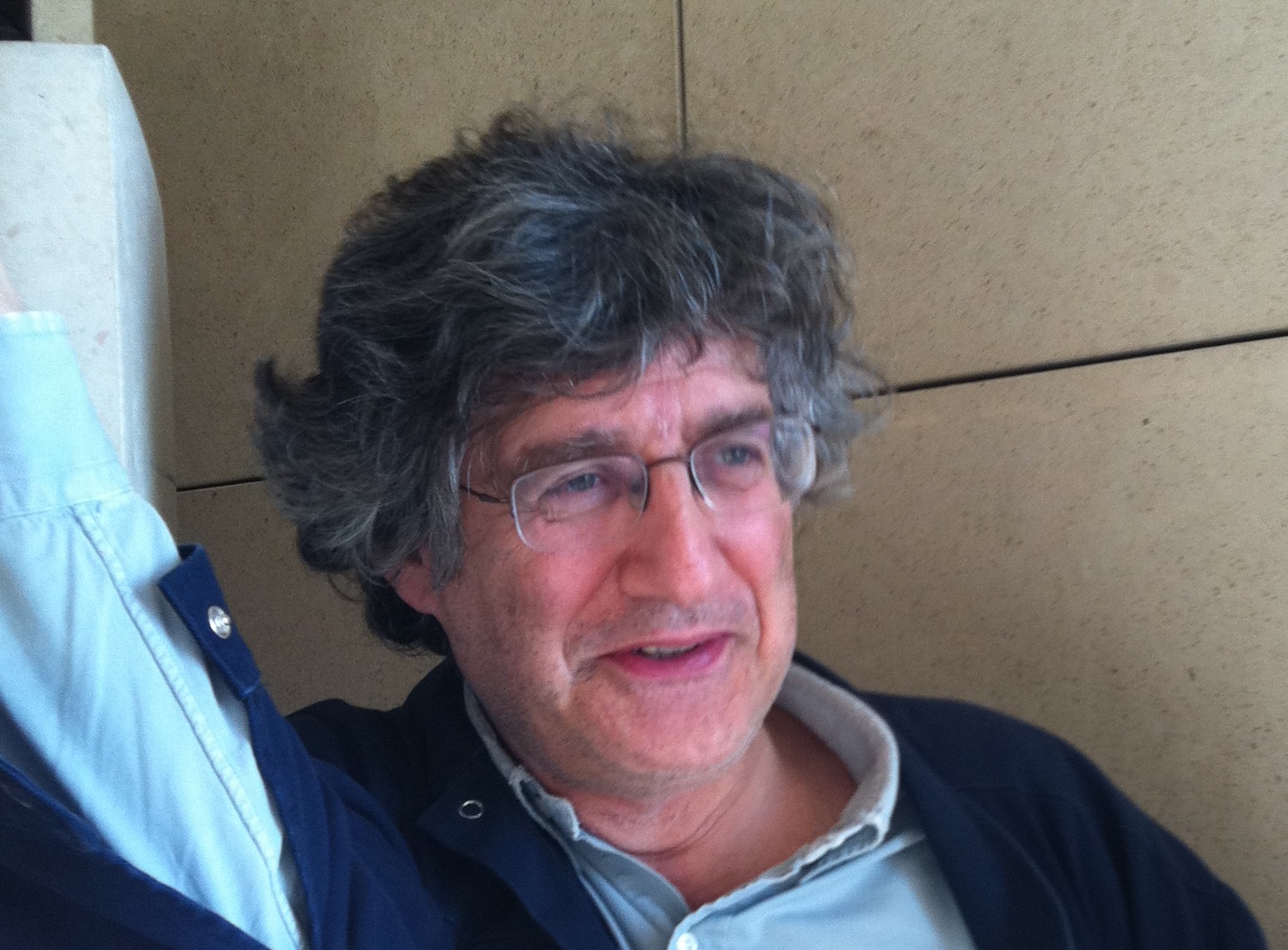
Georges Bloch
composer and researcher, got an engineering degree before studying composition in U. C. San Diego (PH. D. in 1988). His compositions revolve around three centers of interest: music and space, interaction and collaboration with other artists. He is Associate professor at Strasbourg University and was instrumental in developing Tonmeister cursus in France, in Strasbourg and in Paris Conservatoire. Because of his interest for opera, he has been linked to music-theater productions as well as studies in film music. As researcher associated to Ircam in Paris, he actually works on the OMax/Somax/DYCI2 family of computer–assisted improvisation systems.
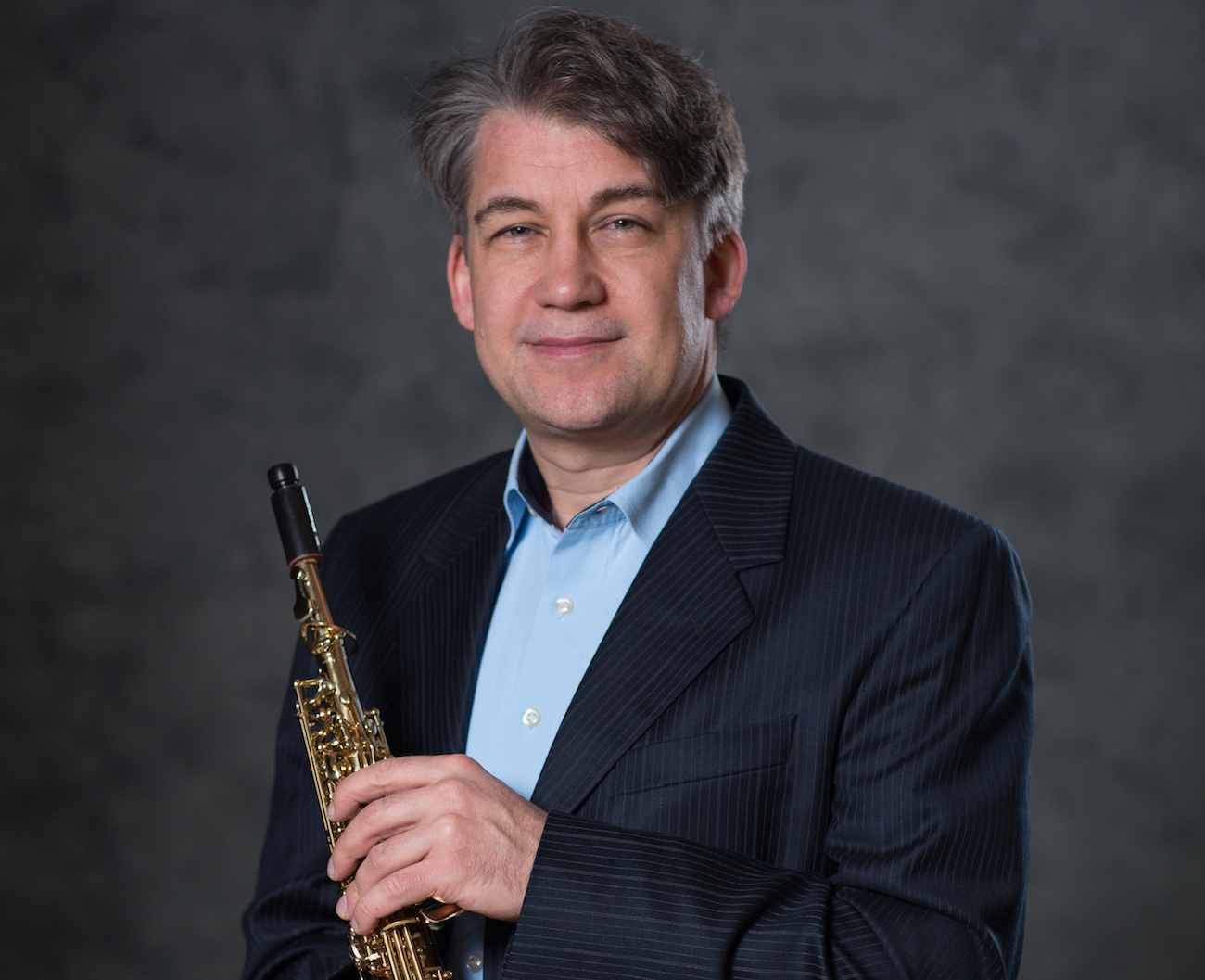
Jonas Braasch
is an Associate Professor at the School of Architecture at Rensselaer Polytechnic Institute, where he directs the Center for Cognition, Communication, and Culture and teaches in the Graduate Program in Architectural Acoustics. His research interests span collaborative virtual reality systems, binaural hearing, auditory modeling, multimodal integration, sensory substitution devices, aural architecture and creative processes in music improvisation. For his work, he has received funding from the National Science Foundation, Natural Sciences and Engineering Research Council of Canada, DFG (German Science Foundation), the European Research Council, New York State Council on the Arts, the Christopher and Dana Reeve and Craig H. Neilsen Foundations. He obtained a master’s degree from Dortmund University (Germany, 1998) in Physics and two Ph.D. degrees from Ruhr-University Bochum, Germany (2001, 2004) in Electrical Engineering/Information Science and Musicology. As a soprano saxophonist, he has worked with Curtis Bahn, Chris Chafe, Stuart Dempster, Mark Dresser, Zach Layton, Francisco Lopez, Pauline Oliveros, and Doug van Nort – among others. Within his saxophone practice, Jonas Braasch developed his horn of sounds concept, which is the first method for wind instruments to use different sound generators to create a palette of sounds and styles using one main instrument to achieve an enhanced awareness of internal diversity.
jonasbraasch.com

Leo Chang
is a composer of electroacoustic and acoustic new music. Lately, he has been focused on how listening practices may influence musical composition. He is currently pursuing his Master's degree in Music Composition at New York University where he studies with Joan La Barbara and Tae Hong Park. He holds a Bachelor’s degree from Washington University in St. Louis, where he studied with Christopher Stark and Juri Seo. Leo has presented his music at various festivals: notably the Society of Electro-Acoustic Music in the United States (SEAMUS) National Conference, and the New York City Electroacoustic Music Festival (NYCEMF) at National Sawdust. He has written for musicians with disparate backgrounds: from professional ensembles such as the JACK quartet and Musica Intima, to students from the Manhattan School of Music, Northwestern University, NYU, and any close friends who are willing to humor him and work with him in a creative capacity.
www.listentoleo.com
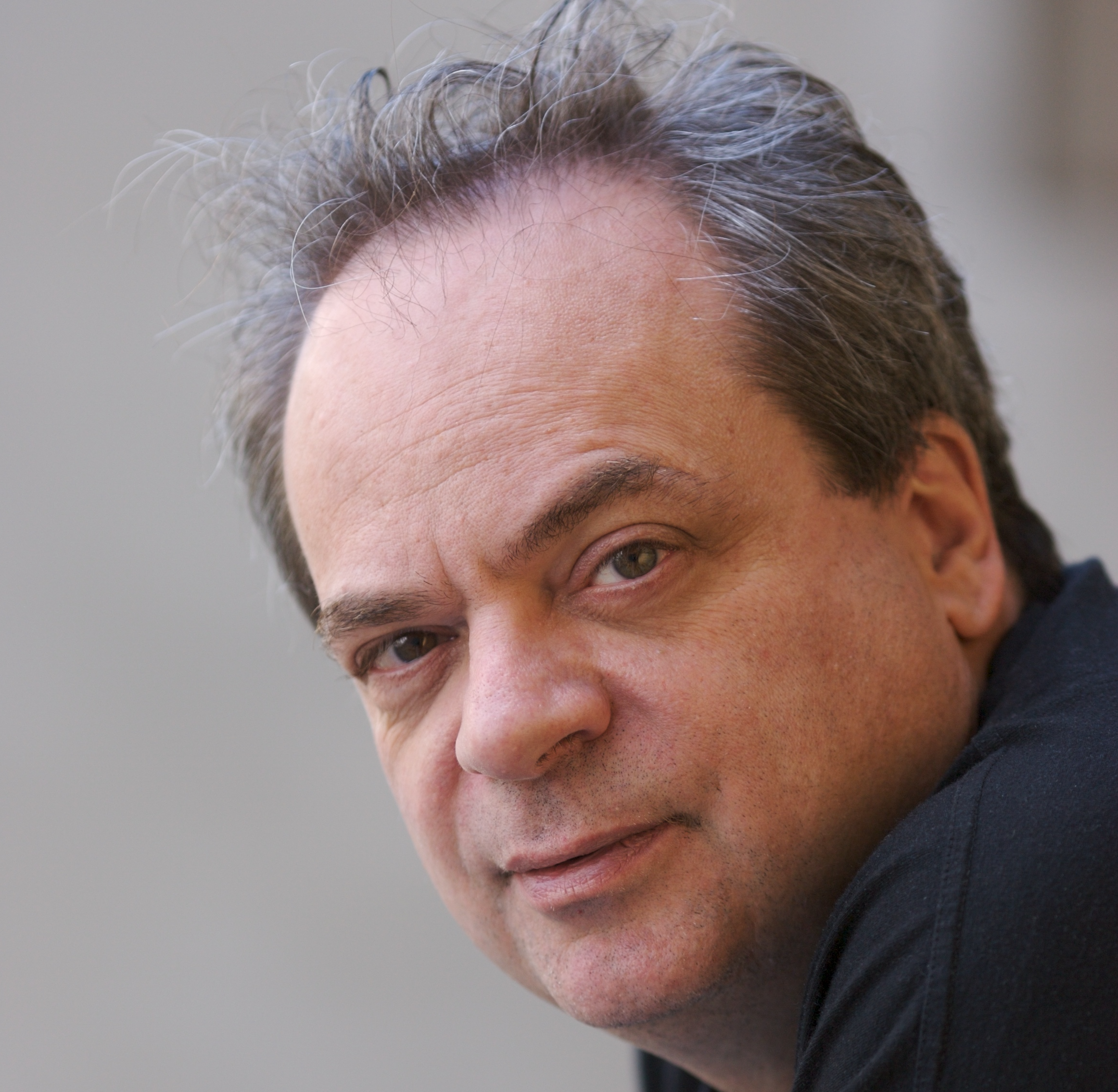
Marc Chemillier
was born in 1960 and began studying jazz piano in 1971 with Jack Diéval and Pierre Cornevin at the Schola Cantorum in Paris. Later he received a PhD in Computer Science and also has degrees in Mathematics, Musicology, Philosophy and Anthropology. He has been conducting fieldwork among the Nzakara of Central African Republic to study their harp music, and in Madagascar to work on the ethnomathematics of divination, and the trance music of the zither. Now Director of Studies at the EHESS in Paris (School for Advanced Studies in Social Sciences), his main interests focus on the design of a family of improvisation softwares in collaboration with IRCAM (OMax/ImproteK/Djazz), and their use in real live performances to study the impact of such devices in the social context of jazz concerts or traditional music rituals.
improtekjazz.org / digitaljazz.fr

Matthew Clayton
is a Philadelphia area native,a saxophonist, educator, scholar and composer. Initially drawn to the saxophone by the music of Charlie Parker, Dr. Clayton has been dedicated to the performance and teaching of music for more than 20 years and it has remained central to his life ever since he first touched the saxophone at age 10. Becoming serious about music in high school, Dr. Clayton was a member of the National Grammy High School Jazz Band, where he had the opportunity to play at famed New York City jazz venues such as the Village Vanguard and Birdland. Also while in high school, he played at Carnegie Hall, met and performed for saxophonist Grover Washington, Jr., and gigged with former Count Basie trombonist Al Grey. In addition to playing jazz, Dr. Clayton has a strong musical foundation in gospel music; he grew up in the AME church and played frequently for worship services during his high school years. At age 18, it was clear that music was his passion and calling.
Dr. Clayton enrolled at Yale University, where he earned his B.A. in Music. While at Yale, he was a visible presence on the music scene, forming Jazz Dialect, his own jazz quartet. He was also a featured performer at Yale’s Tercentennial Celebration in 2001. While at Yale, Dr. Clayton played at the Yale School of Music alongside Duke Ellington Fellowship leader and Yale professor Willie Ruff. After graduating from Yale, Dr. Clayton enrolled at Harvard University, where he earned his Masters and Ph.D. in Music, specializing in ethnomusicology. After completing his studies at Harvard, Dr. Clayton returned to the Philadelphia area to pursue his love of teaching and performing music. He is currently the Director of Jazz Combos at the University of Pennsylvania, a faculty member at the prestigious Nelly Berman School of Music, and performs widely as an in demand saxophonist.
matthewclaytonmusic.com

Adriano Clemente
is a multidisciplinary artist who works with technology to improve the relation between humans and their creative process.
A trained composer and sound designer, Clemente has worked on exploring the possibilities of interface, interactivity and design within electronic music.
Adriano's research focused on exploring the multiple ways in which sound can interact with all facets of the body itself using motion sensors, wearable technologies and has a strong interest in investigating the relation between sound and other senses. He has recently worked using Microsoft HoloLens in the context of Mixed Reality and 3D sound research.
Adriano has graduated in Clinical Psychology from La Sapienza University of Rome which helped him to blend his passion for music/sound with scientific interest for human interaction and perception. Clemente has been merging Psychoacoustic and Sound Synthesis studies and has worked with educating hundreds of students in Sound Design and music production while teaching at Dubspot NY and lecturing for prestigious universities such as School of Visual Art NY, Columbia University, Stony Brooks University, NYU, Brooklyn College, Drexel and American University.
www.adrianoclemente.com
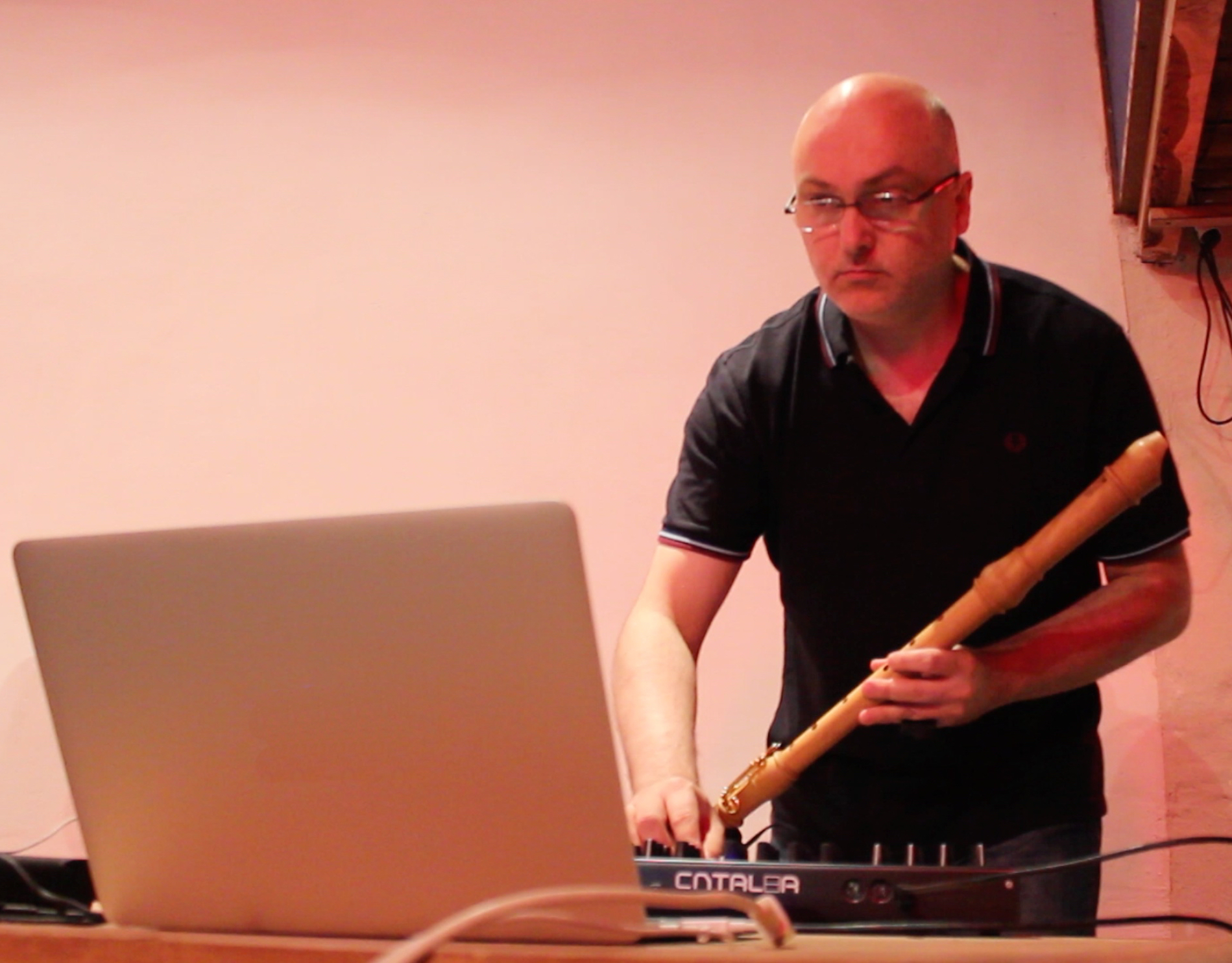
Pierre Couprie
was born in 1970, he studied instrumental composition, electroacoustic music, musical analysis, and free improvisation at Bordeaux Conservatory. He is an associate professor in digital pedagogy/computer music and a researcher at Sorbonne University (Research Institute in Musicology Lab). His research fields are the musical analysis and the representation of electroacoustic music. He also develops tools for research (iAnalyse, EAnalysis) or musical performance. In 2015, he won the Qwartz Max Mathews Price of technological innovation for his musical analysis software. As an improviser, he is a member of The Phonogénistes and The National Electroacoustic Orchestra (ONE).
www.pierrecouprie.fr / logiciels.pierrecouprie.fr

Scott Deal
Performer, composer and media artist Scott Deal engages new works of computer interactivity, networked systems, media, and percussion. Hailed as “a riveting performer” who “displays phenomenal virtuosity”, he has performed at venues worldwide as a soloist and with groups that include ART GRID, Another Language, Digital Worlds Institute, Callithumpian Consort, and the Percussion Group Cincinnati. His recording of Pulitzer Prize/Grammy Award-winning composer John Luther Adams’ Four Thousand Holes, for piano, percussion, and electronics was listed in New Yorker Magazine’s and WNYC’s 2011 Top Ten Classical Picks. He is the percussionist for the computer-acoustic trio Big Robot, who have performed to audiences worldwide. In 2011, Deal and composer Matthew Burtner won the coveted Internet2 IDEA Award for their co-creation of Auksalaq, a telematic opera called “an important realization of meaningful opera for today’s world”. Deal’s work has received funding from organizations that include Meet the Composer, New Frontiers, Indiana Arts Council, Clowes Foundation, IUPUI Arts and Humanities Institute, and the University of Alaska. He resides in Indianapolis, Indiana where he is a Professor of Music and Director of the Donald Louis Tavel Arts and Technology Research Center at Indiana University Purdue University Indianapolis (IUPUI).
scottdeal.net
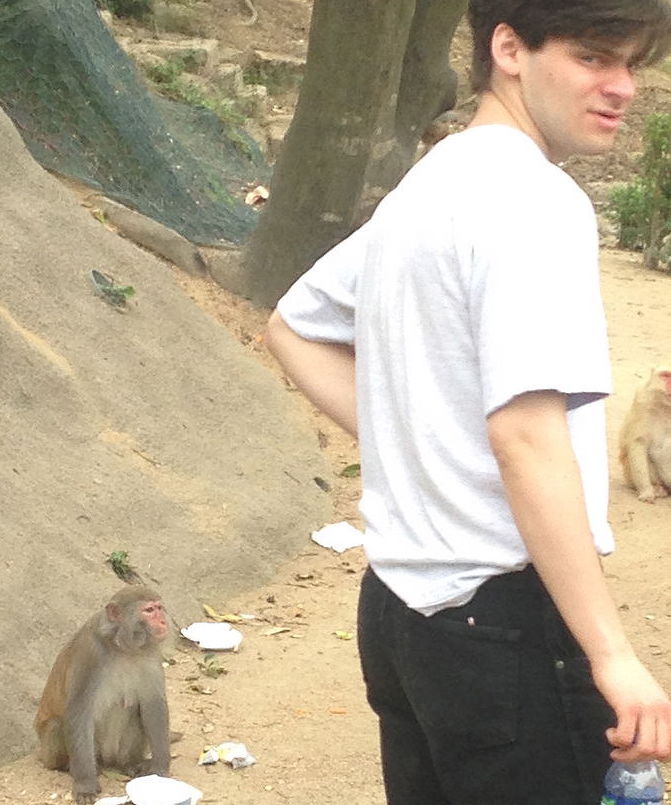
Max Eilbacher
is an intermedia artist who works primarily with sound, video, and performance. His sound practice draws upon European traditions of electroacoustic and musique concréte composition. With his sound and performance work, he utilizes the computer as an instrument, instigator, and collaborator to create process intensive music and compositions. This relationship with technology is a mix of conceptual and intuitive practices employed with the aim of creating systems that produce complex patterns, interesting timbres, and bewildering performances. He has created work at EMS in Stockholm and the INA GRM in Paris. His music has been released by Northern Spy, NNA Tapes, Spectrum Spools(Editions Mego), and Anomia. He has toured extensively performing and showing in venues, clubs, museums, galleries, and basements all over North America and Europe.His video work focuses around structural dialogues, damaged narratives and psychedelic animations. More recently, Eilbacher has collaborated with electronic musicians, Matmos to create a reinterpretation of John Sanborn and Robert Ashley's Opera for Television “Perfect Lives” which Premiered at Issue Project Room (NYC) and was performed at the Barbican, The Pompidou and The Unsound Festival in Krakow Poland . Other recent projects include playing bass and electron ics Horse Lords, an instrumental quartet have been featured in New York Times and National Public Radio. His solo music focuses on the abstract side of electronic music and composition.
www.maxeilbacher.com / www.horselords.info/strobe.html

Flannery Cunningham
Composer Flannery Cunningham is fascinated by illusion and auditory perception, the expressivity of voices, and the performative possibilities of interactive electronics. She aims to write music that surprises and delights. Among others, she has been commissioned by Sopraltus of the MacPhail Institute, the Minnesota Center Chorale, the Cornell University Chorus, and the College of St. Benedict/St. John’s University. She has written dramatic works including an oratorio about the 6th-century Irish monk St. Brendan the Navigator and a (pre-Hamilton) opera about the Burr-Hamilton duel. An active poet, Flannery often writes her own texts and libretti. She is attracted to both the very old and very new; she has presented on the 14th-century master and fellow poet-composer Guillaume de Machaut at the 48th International Medieval Congress and performed with Cork-based electronic ensemble CAVE at the 2014 International Computer Music Conference. In addition to acoustic ensembles she writes for live players with real-time electronics, always striving to create an environment that foregrounds the skills and musical voice of the performer. Flannery has also scored, performed, and sound designed for theatrical and dance productions in Oxford, UK and New York. She holds a BA from Princeton University, an MA from University College Cork as a Mitchell Scholar, an MA from Stony Brook University, and is currently pursuing a PhD in composition at the University of Pennsylvania as a Benjamin Franklin Fellow. flannerycunningham.com
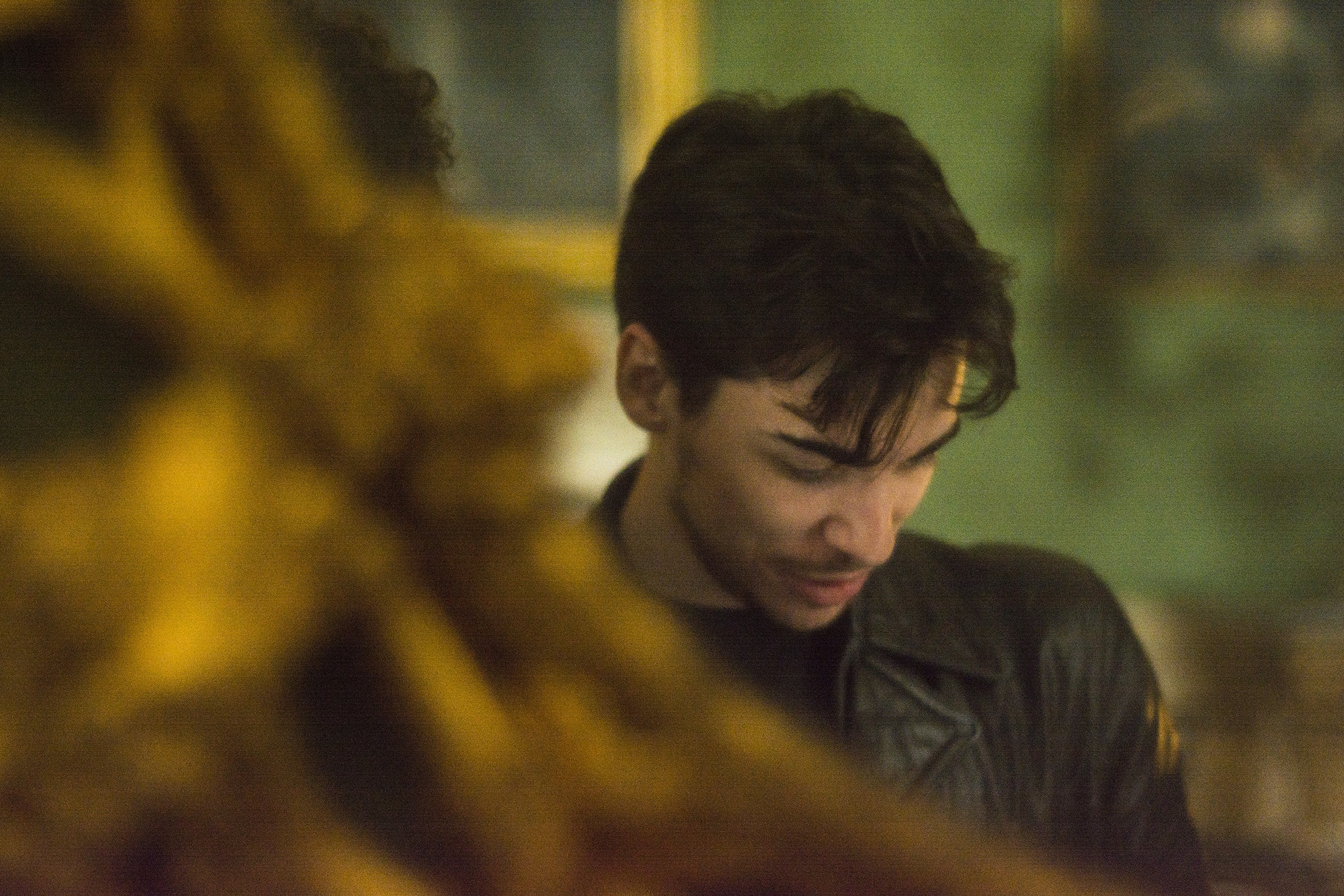
Ken Deguernel
is a Ph.D. student in computer music, co-supervised by Emmanuel Vincent (Inria) and Gérard Assayag (IRCAM), whose subject is learning of musical structures in the context of improvisation. He holds a Master's degree in mathematical engineering from the French National Institute of Applied Sciences, a Master’s degree in theoretical computer science from the University of Rouen and a Master’s degree in acoustic, signal processing, and informatics applied to music from IRCAM. His research interests include music informatics, formal language theory, automata and semigroups theory, probabilistic models and musicology. In particular, his current work focuses on the understanding, the analysis and the modelling of the creative processes activated by musicians during improvisations.
https://members.loria.fr/KDeguernel/
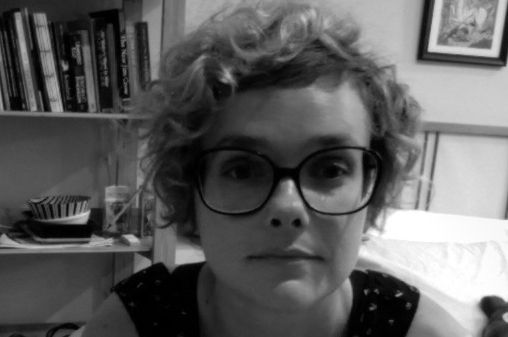
Melanie Farley
is a multimedia poet living in Philadelphia. She is the author of things we have in writing POEMS for (Z) (dancing girl press, 2016), and you can find her work in a few online magazines like ENTROPY and NAIL V. In 2015 she conceptualized and founded SOUND:POETREE:: Fanzine, an online zine that released 4 issues of cross-genre work by experimental artists from around the world. Her recent work includes a self released EP called Sound/Voice that marries poetry and various digital and acoustic tools to better understand what it means to be embodied or human, to wonder whether a cyborg can cry. She has an MFA in Writing from California College of the Arts.
poetforsale.com

Rémi Fox
Saxophonist, improviser and composer, Rémi Fox is part of this new generation of artist who wishes to make the jazz a resolutely contemporary music. He graduated from the Department Jazz and improvised music from the CNSMD of PARIS where he had the opportunity to build a strong musical experience, along with great musicians (being of his generation or more experienced one). All these encounters gave him the opportunity to take part in a great variety of projects, and develop a rich and open musical universe, while strengthening his own personality. During his studies, he entered the Department of Improvisation Generative of CNSMDP (directed by Vincent Lê Quang and Alexandros Markeas) to discover new ways of playing, and to begin with sound textures experimentation. During those years, he always seeked to confront his music to other forms of Art such as dance, video or Visual arts, leading to enriching collaborations with IRCAM, CNC (National Film and the moving image Centre) or Theatres. The “nOx project” (nOx.3, nOx.6, nOx.8), started in 2013, embodies Remi’s wish to now create its own path and musical personality. Through this innovative series, the young artist offers a smart mix between improvisation, contemporary electronic music, and genuine “nOxian” melodies.
www.nox3.net / www.collectifloo.com

Matthew Goodheart
is a composer, improviser, and sound artist. Following an early career as a free-jazz pianist in the fertile San Francisco Bay Area, he has developed a wide body of work that explores the relationships between performer, instrument, and listener. His diverse creations range from large-scale microtonal compositions to open improvisations to immersive sound installations – all unified by the analytic techniques and performative methodologies he has developed to bring forth the unique and subtle acoustic properties of individual musical instruments. Goodheart’s approach results in a “generative foundation” for exploring issues of perception, technology, cultural ritual, and the psycho-physical impact of acoustic phenomena. His work has been featured across the US and Europe, and has won numerous awards and honors, including the 2014 Berlin Prize in Music Composition and a 2013 Fulbright Grant to the Czech Republic where he worked with the historic quartertone pianos designed by Alois Hába. He is currently faculty member in the Department of the Arts at Rensselaer Polytechnic Institute.
www.matthewgoodheart.com
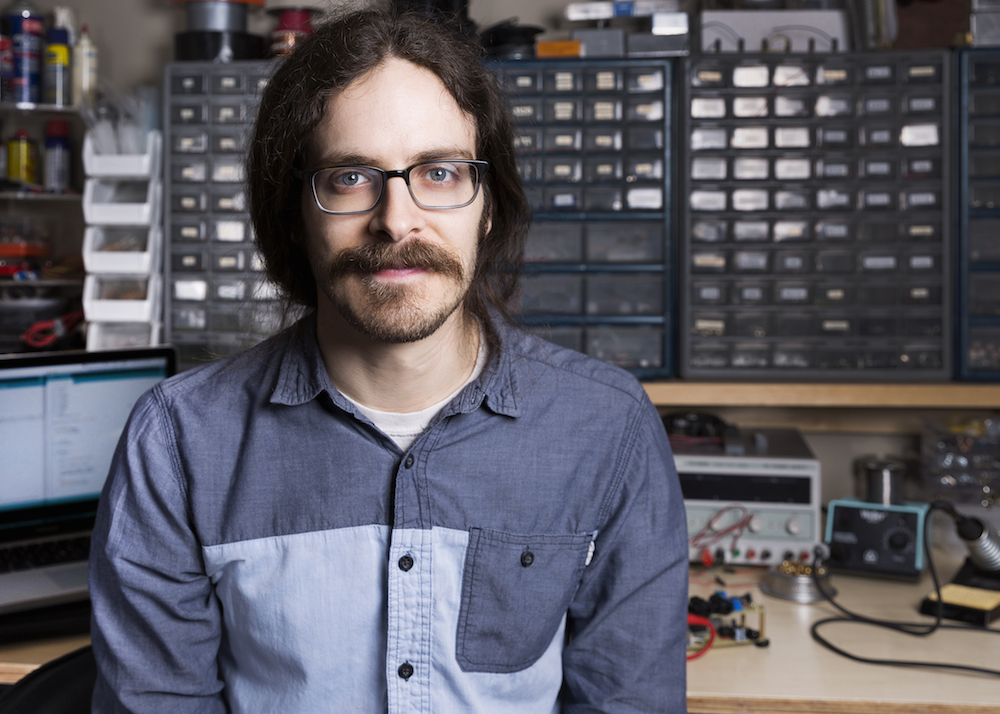
Jeff Gregorio
is a PhD candidate at Drexel University, studying Electrical and Computer Engineering under Dr. Youngmoo Kim in the Expressive and Creative Interaction Technologies (ExCITe) Center and the Music & Entertainment Technology lab (MET-lab). His research focuses on various facets of musical expression—how it can be defined, recognized, and quantified for applications in next generation musical instruments and music recommendation systems. He is also an avid musician and multi-instrumentalist. In 2016-17 he was supported by a grant from the John S. and James L. Knight Foundation for tech enhanced music performance, which resulted in collaborative development of a system of wirelessly-communicating, electromagnetically-actuated acoustic drums with ExCITe artist in residence Peter English. In 2017 he was awarded a Philadelphia Geek Award for ”Maker of the Year” for this work. He was also a recipient of the National Science Foundation Graduate STEM Fellowship in K-12 Education (GK-12).
www.met-lab.org/jeff-gregorio
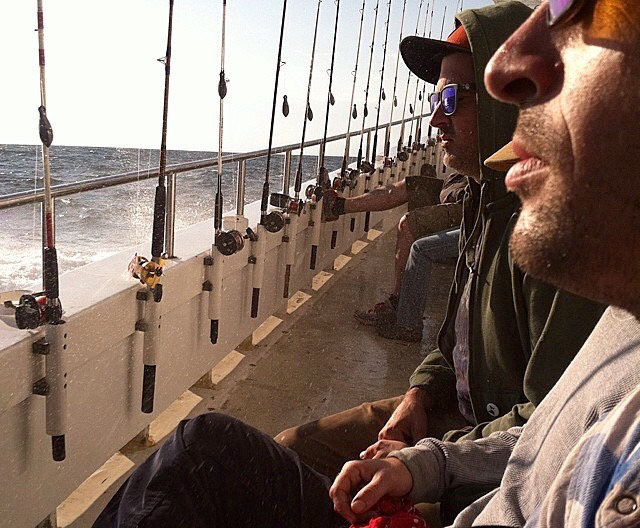
Hatchers
is the electronics and drums duo of Michael Roy Barker and Brian Osborne. These two have developed a strong vocabulary after twelve years of collaboration. Their music explores influences from noise and free jazz as well as non idiomatic free improvised music. Barker uses modified and homemade instruments, modular synth, and voice with Osborne playing a drum kit frequently augmented by tapes, contact mics, bells and gongs. They currently have finished working on a full length LP that will be out in the Spring of 2017 on Send help and Heat Retention Records. Barker also performs under the moniker “Embarker” where he has toured the US, Europe, and Japan creating hyperkinetic, genre-bending music that is often used as a soundtrack to found videos or as an interactive audio visual experience. Osborne has studied with percussion master Milford Graves, and performs in the doom/free jazz duo The Gate. He has recorded or performed with Robert Beatty, Tom Blancarte, Daniel Carter, Tim Dahl, Peter Evans, Paul Flaherty, Frode Gjerstad, Oliver Lake, Joe McPhee, Dan Peck, Tamio Shiraishi, Nate Wooley, Spencer Yeh, Wretched Worst, George Steeltoe Ensemble and more. In 2003 he founded his own record label, Heat Retention Records.
hatchers.org
sendhelp.org/Embarker
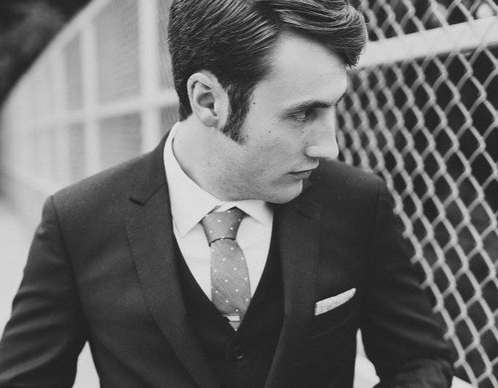
Oliver Hickman
is a composer currently residing in Brooklyn, New York. He holds a Bachelor of Music degree in composition from Columbia College Chicago and is currently pursuing a Master of Music degree from NYU Steinhardt. Oliver has written works for soloists to large ensembles including Dal Niente, the JACK Quartet, Chicago Composers Orchestra, the NYU Composers’ Ensemble, and Mocrep. His works have been performed throughout the United States and Europe and he has presented research at the International Computer Music Confrence. His current interests include texture, timbre, economy of means as it pertains to music, and the relationship between composer control and player freedom.
www.oliverhickmanmusic.com
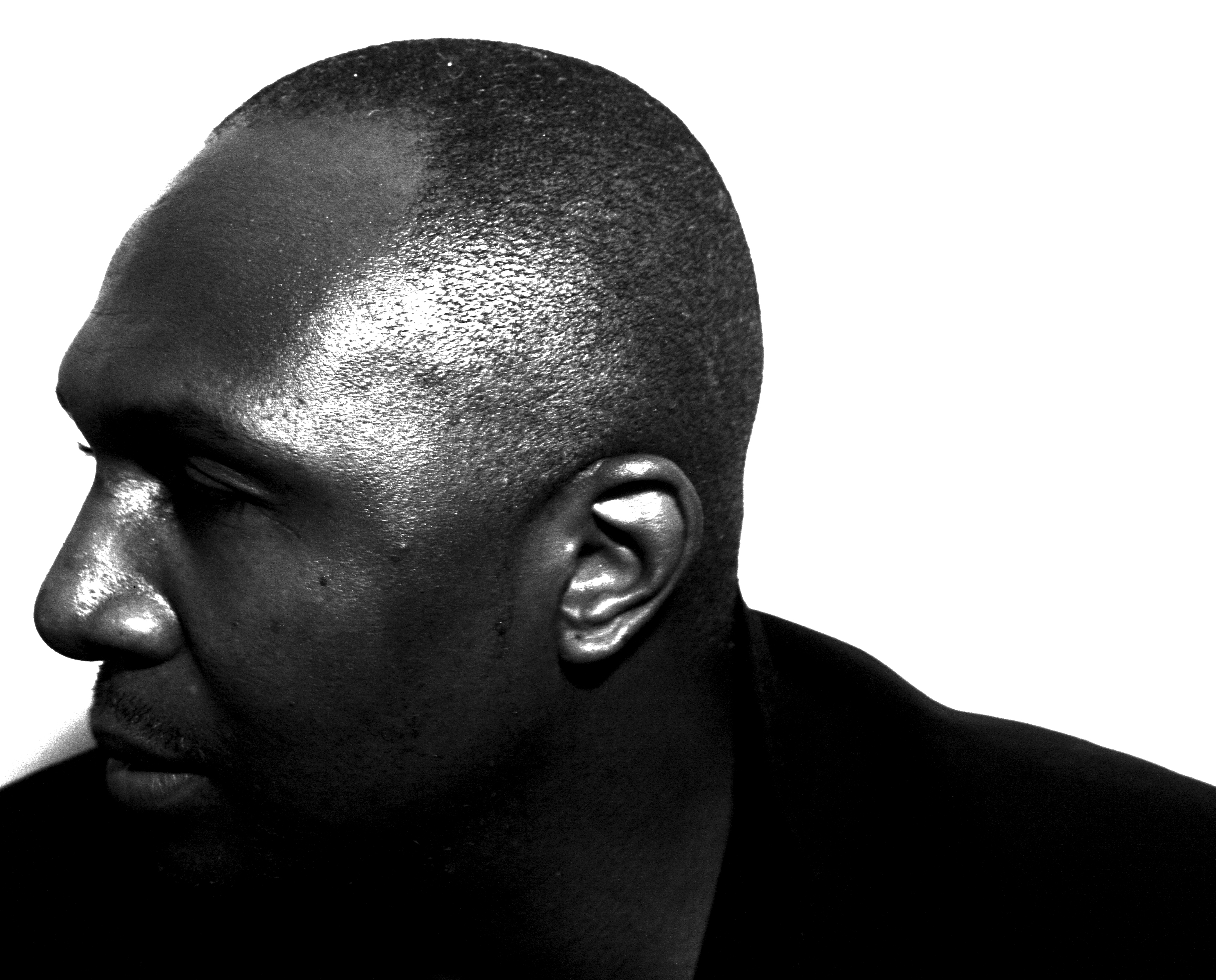
HPrizm
is a composer, improviser, and rapper widely celebrated for is ability to simultaneously "evoke images of Sun Ra and Africa Bambatta." (XLR8r). As the founding member of the critically acclaimed Antipop Consortium, Priest has consistently
challenged the boundaries of traditional hip-hop, winning the praise of taste makers
across the globe. In the course of his career, spanning nearly two decades, HPrizm has shared
the stage with a wide array of artists including The Roots, Radiohead, Vijay Iyer, Mos Def, Wadada Leo Smtih, Beastie Boys
and others. As a composer, his pieces have been installed in the Whitney Biennial (NYC) as well as the Mazzoli Gallery (Berlin). Most recently, along with the Antipop Consortium, Prizm has collaborated with legendary film director David Lynch.
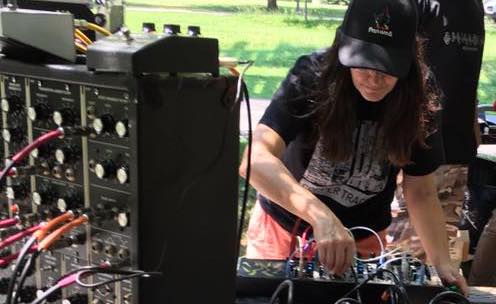
Sandy James
teaches music technology and is in charge of labs, smart classrooms and computers at the Boyer College of Music and Dance, Temple University. Before Temple, she worked in the commercial software industry as a developer and analyst. Sandra has a Masters in Sonic Arts from University of Rome, Tor Vergata, a Bachelor degree in Computer Science from Temple University, and a Certificate in painting from the Pennsylvania Academy of the Fine Arts. She studied Latin Percussion at Philadelphia’s Latin American Music Association (AMLA), and has studied privately in Cuba and Panamá. Sandra uses a combination of analog sound synthesis and computer AV synthesis for her installations, fixed media pieces and performances. She has built some of her own synthesizers and modules, and has presented pieces created in Csound, Flash, pd, POVRay, Blender and Max / MSP. Sandra has presented papers on custom MIDI and OSC control at the Sorbonne in Paris, France, and the joint College Music Society/ATMI annual meeting in Minnesota. www.sandrajamesart.com

KEROAÄN
is a collaborative research project between IAN M FRASER and REED EVAN ROSENBERG exploring composition of electronic music by an artificial intelligence. Pieces are diffused in real time with no human intervention whatsoever as the machine agent manipulates the qualities of chosen non-standard synthesis and microsound techniques. In live diffusions, the machine agent additionally controls laser apertures and an array of strobe lighting which collectively act as a visual projection of the agent's internal state as it structures the performance. A distinctly non-human logic pervades the resultant arrangements of chaotic sounds and high-intensity lighting, presenting an immersive, alien environment.
Ian M Fraser (b. 1980) resides in New York. ianmfraser.com
Reed Evan Rosenberg (b. 1986) resides in New Jersey. kickedrotor.tumblr.com
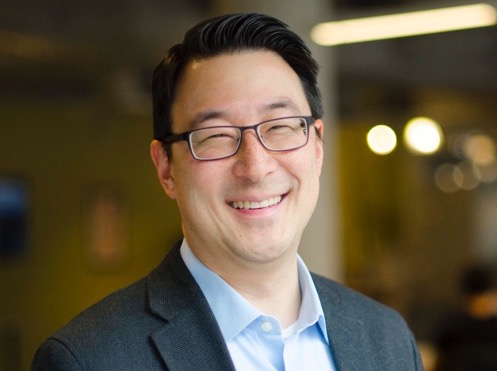
Youngmoo Kim
is Director of the Expressive & Creative Interaction Technologies (ExCITe) Center and Professor of Electrical and Computer Engineering at Drexel University. He has also served as Resident Technologist for Opera Philadelphia. He received his Ph.D. from the MIT Media Lab and also holds Master's degrees in Electrical Engineering and Music (Vocal Performance Practice) from Stanford University. His research group, the Music & Entertainment Technology Laboratory (MET-lab) pursues transdisciplinary activities at the convergence of technology and creative expression and the advancement of arts-integrated learning in science and engineering, including machine understanding of sound, interfaces and robotics for expressive interaction, and K-12 outreach for STEAM education. He co-chaired the 2008 International Conference on Music Information Retrieval and was invited by the National Academy of Engineering to co-organize the “Engineering and Music” session for the 2010 Frontiers of Engineering conference.
drexel.edu/excite/about/people/staff/kim
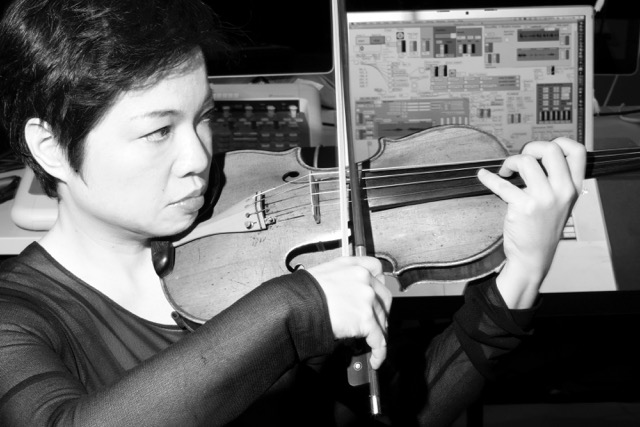
Mari Kimura
is a violinist/composer and a leading figure in the field of interactive computer music. As a violinist, Mari is renowned for her mastery of subharmonics—the production of pitches that sound up to an octave below the violin’s lowest string—as well as for her dynamic performances as an improviser and her premieres of many notable compositions by today’s composers, including Luciano Berio and Salvadore Sciarrino, as well as a soloist with such major orchestras including the Tokyo Symphony and the Hamburg Symphony. She has received numerous awards and grants including a Guggenheim Fellowship, a Fromm Commission Award, a residency at IRCAM, and at the Rockefeller Brothers Fund. She is active in the development of a prototype motion sensor “Mugic” for interactive computer music performance, and she is the founding chair of Future Music Lab at the Atlantic Music Festival. Her latest solo album “Voyage Apollonian” (Innova Recordings) includes her recent works for violin and motion sensor “Mugic”. A graduate faculty at Juilliard since 1998, this year, Mari was appointed as a Full Professor of Music at the “Integrated Composition, Improvisation, and Technology” program (ICIT) at the University of California, Irvine.
www.marikimura.com / www.marikimura.com/videos.html
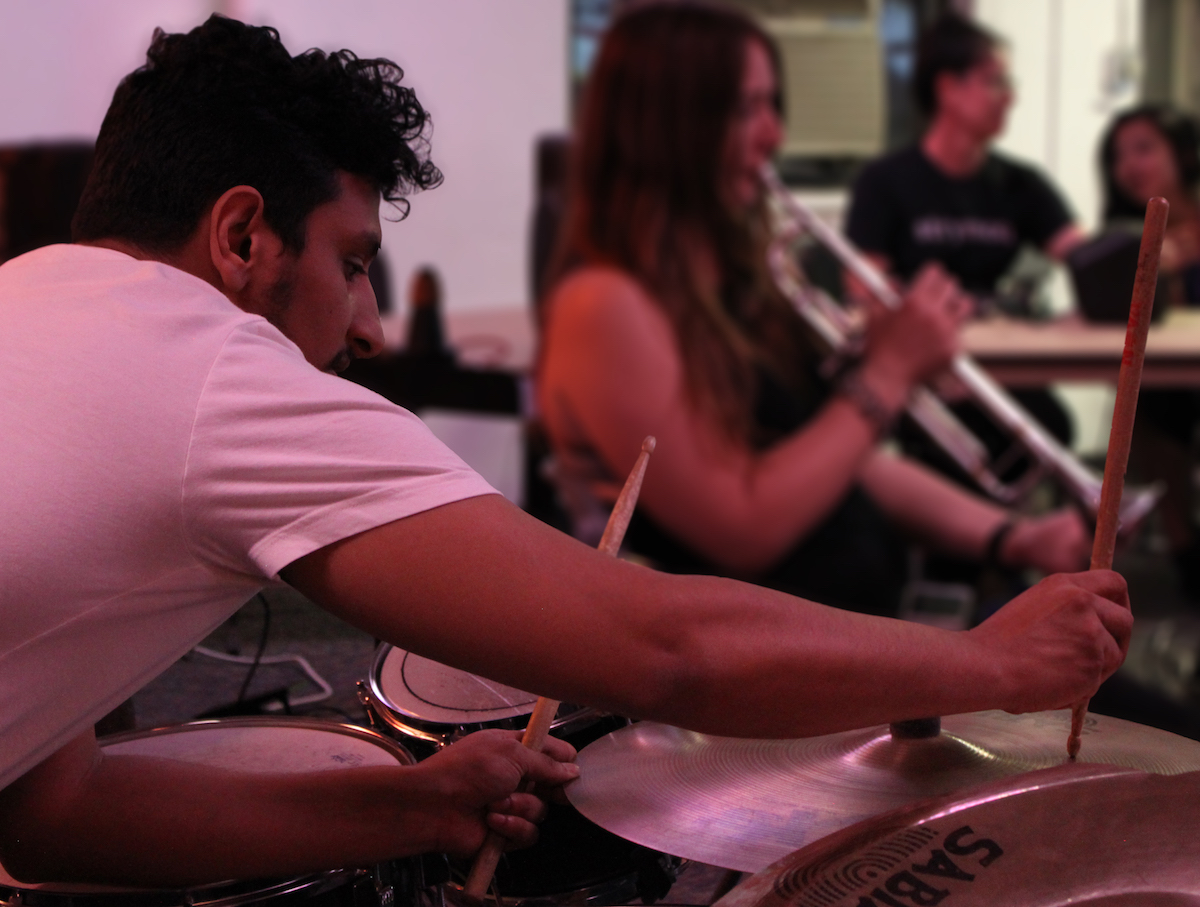
Mohamed Kubbara
is a composer, musician and researcher based in New York City. His specialization lies at the intersection of group improvisation and computer music, investigating what role technology can play in addressing classic paradigms and paradoxes of free music. During his studies in sound engineering and music production at Birmingham City University in the UK, he became heavily involved with the free improvisation and experimental music scene. Currently pursuing a masters in music technology at New York University, Kubbara has studied with Joel Chadabe, Esther Lamneck, Dafna Naphtali and Tae Hong Park among others and performed works by composers such as Eric Lyon, Douglas Geers, Judith Shatin & Jorge Sosa as the percussionist for the NYU New Music Ensemble. In the spring of 2016, Kubbara founded the performance sect of the NYU Computer Music Group; a collective of performers, composers, engineers and other creative practitioners that focus on the use of technology for music creation.
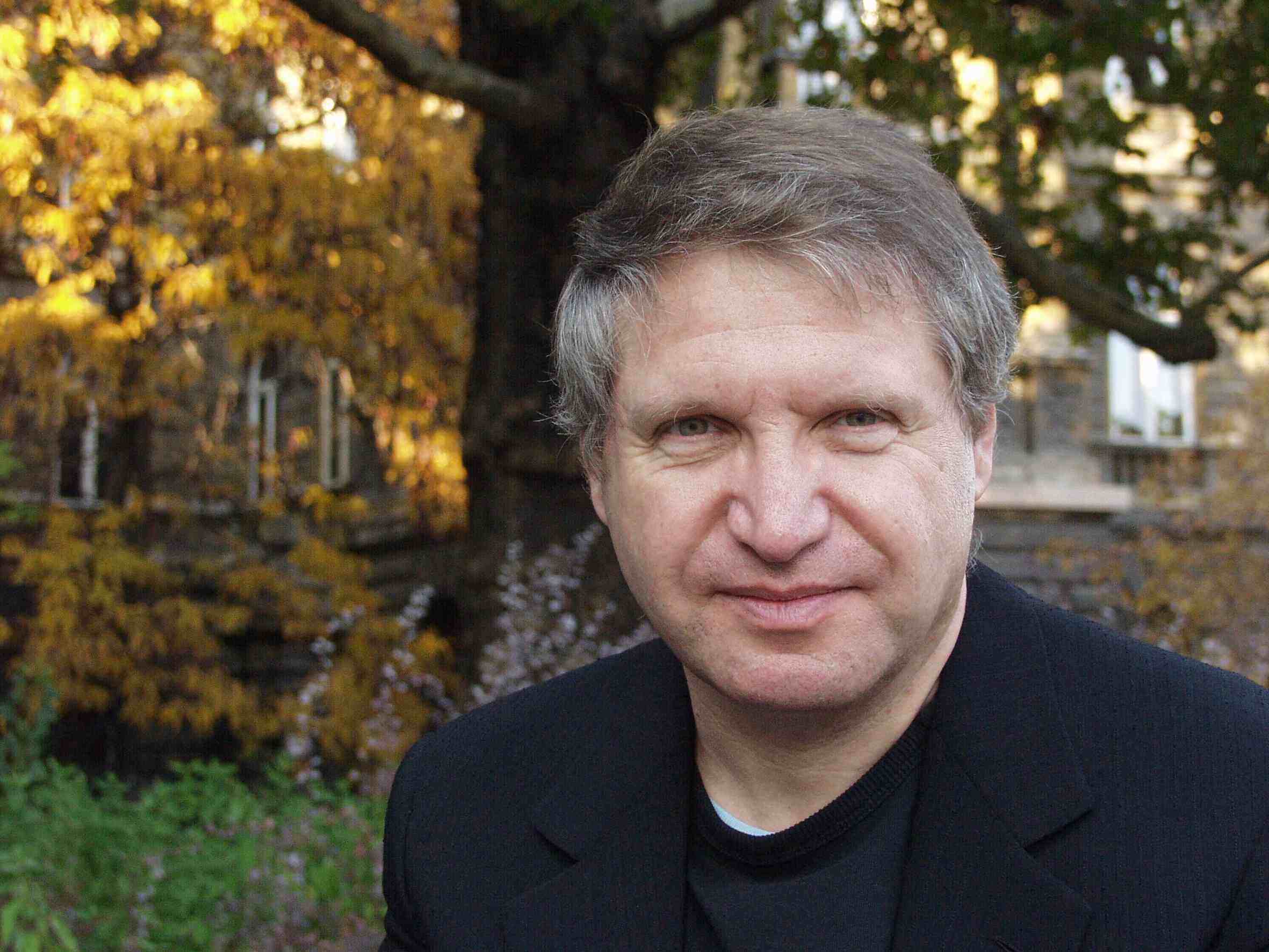
György Kurtág Jr
György Kurtág Jr is a composer, performer and researcher specialized in the design of innovative methods for teaching digital instruments. Fascinated by the study of musical behavior(s), his work relies principally on the Collective Intelligence Theory. His research works notably include the capture and analysis of musical gestures.
He also co-developed the Méta-Mallette (Puce-Muse-Paris), the Continuator Project (Sony C.S.L-Paris), Dolabip (SCRIME-Bordeaux), Midi controller for Guitar by Shadow, (Germany). Nowadays, he is the main Arts&Sciences Coordinator of the SCRIME studio, at the University of Bordeaux.
In the 1980s, Gyorgy KURTAG Jr collaborated with some of the most influential American researchers-composers in the computer music such as John Chowning, Tod Machover, George E. Lewis and David Wessel at IRCAM, the wold renowned musical research institute of Paris.
All these expériences inspired him to create his own musical and digital universe.
www.dailymotion.com/video/x1vrmwd / www.youtube.com/watch?v=MJ8Z5skovLw / www.youtube.com/watch?v=M3Tr8mSDYl8
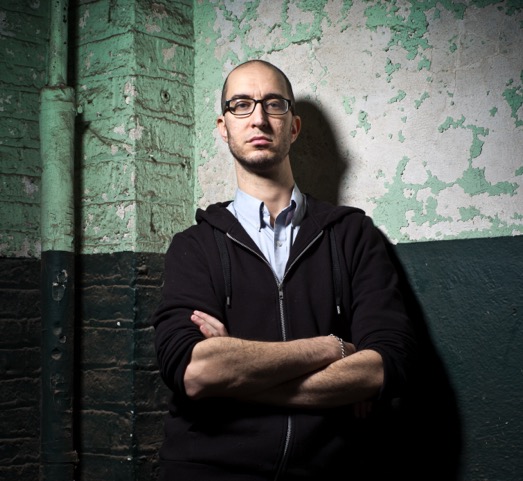
Steve Lehman
Described as “a state-of-the-art musical thinker” and a "dazzling saxophonist,” by The New York Times, Steve Lehman (b. New York City, 1978) is a composer, performer, educator, and scholar who works across a broad spectrum of experimental musical idioms. Lehman’s pieces for large orchestra and chamber ensembles have been performed by the International Contemporary Ensemble (ICE), So Percussion, Kammerensemble Neue Musik Berlin, the JACK Quartet, the PRISM Saxophone Quartet, and the Talea Ensemble. His recent recording, Mise en Abîme (Pi, 2014) was called the #1 Jazz Album of the year by NPR Music and The Los Angeles Times. And his previous recording, Travail, Transformation & Flow (Pi, 2009), was chosen as the #1 Jazz Album of the year by The New York Times.
The recipient of a 2015 Guggenheim Fellowship and a 2014 Doris Duke Artist Award, Lehman is an alto saxophonist who has performed and recorded nationally and internationally with his own ensembles and with those led by Anthony Braxton, Vijay Iyer, Jason Moran, Georgia-Anne Muldrow, George Lewis, Meshell Ndegeocello, and High Priest of Anti-Pop Consortium, among many others.
Lehman received his B.A. (2000) and M.A. in Composition (2002) from Wesleyan University where he studied under Anthony Braxton, Jay Hoggard, and Alvin Lucier, while concurrently working with Jackie McLean at the Hartt School of Music. He received his doctorate with distinction in Music Composition from Columbia University (2012), where his principal teachers included Tristan Murail and George Lewis.
He is currently a Professor of Music at The California Institute of the Arts, and lives in Los Angeles.
www.stevelehman.com
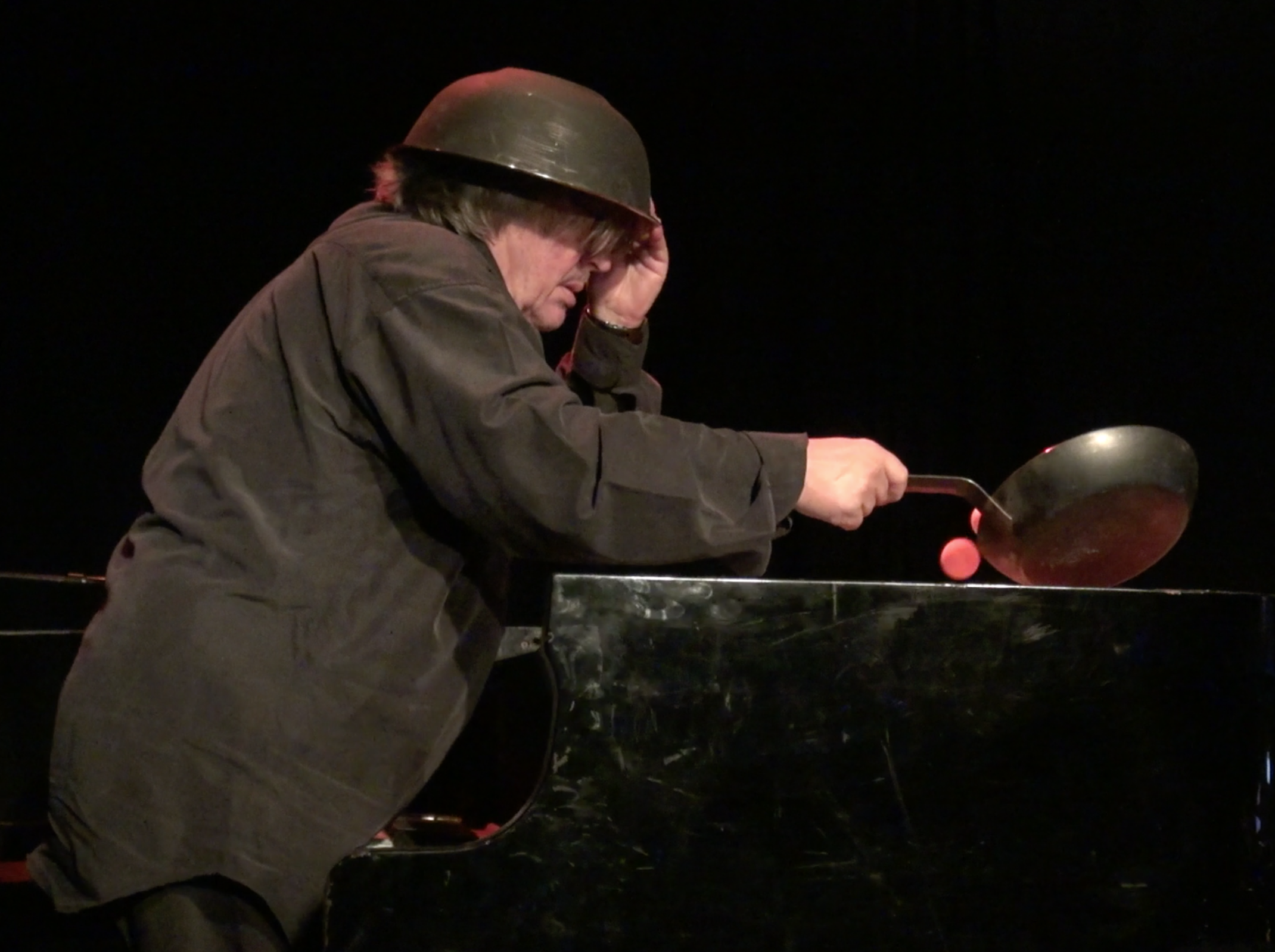
Bernard Lubat
Born in Uzeste in 1945, Bernard Lubat, pianist, vibraphonist, keyboard and accordion player, singer, composer and actor, began studying piano in 1957, attending the Bordeaux Conservatory where he discovered the drums, jazz and Milt Jackson. In 1961, he entered the Paris Conservatory where in 1963 he was awarded the prize for best percussionist. He was then taken on by the Jef Gilson Orchestra (1965) where he came into contact with Michel Portal, Bernard Vitet, François Jeanneau, Jean-Louis Chautemps, Henri Texier… He worked with Jean-Luc Ponty and Martial Solal, as a vibraphonist and for Stan Getz and Eddy Louiss as a drummer. At the same time he worked in contemporary music with Diego Masson, playing Varèse, Bartok, Xenakis, he took part in the premier of Luciano Berio's work Chemin 2 at the Scala de Milan and in the recording of Laborintus. In 1975, he established a group with André Ceccarelli, Marc Bertaux and Tony Bonfils. In 1978, he went on to set up the Festival Uzeste Musical (summer festival) and the Compagnie Lubat, a group with a changeable number of players. At the beginning of the 90s, he launched the festival de printemps and the festival d'hiver set up in cooperation with the Cie Lubat artists with Laure Duthilleul (actress), André Minvielle (singer and musician) and Patrick Auzier (musician and firework designer) and the publishing house, Les Editions du Tilleul, for the production of CDs. Bernard Lubat and his company tour all over France and abroad. He has also been a musical expert working on the OMax/ImproteK/Djazz project in collaboration with IRCAM and EHESS.
www.cie-lubat.org
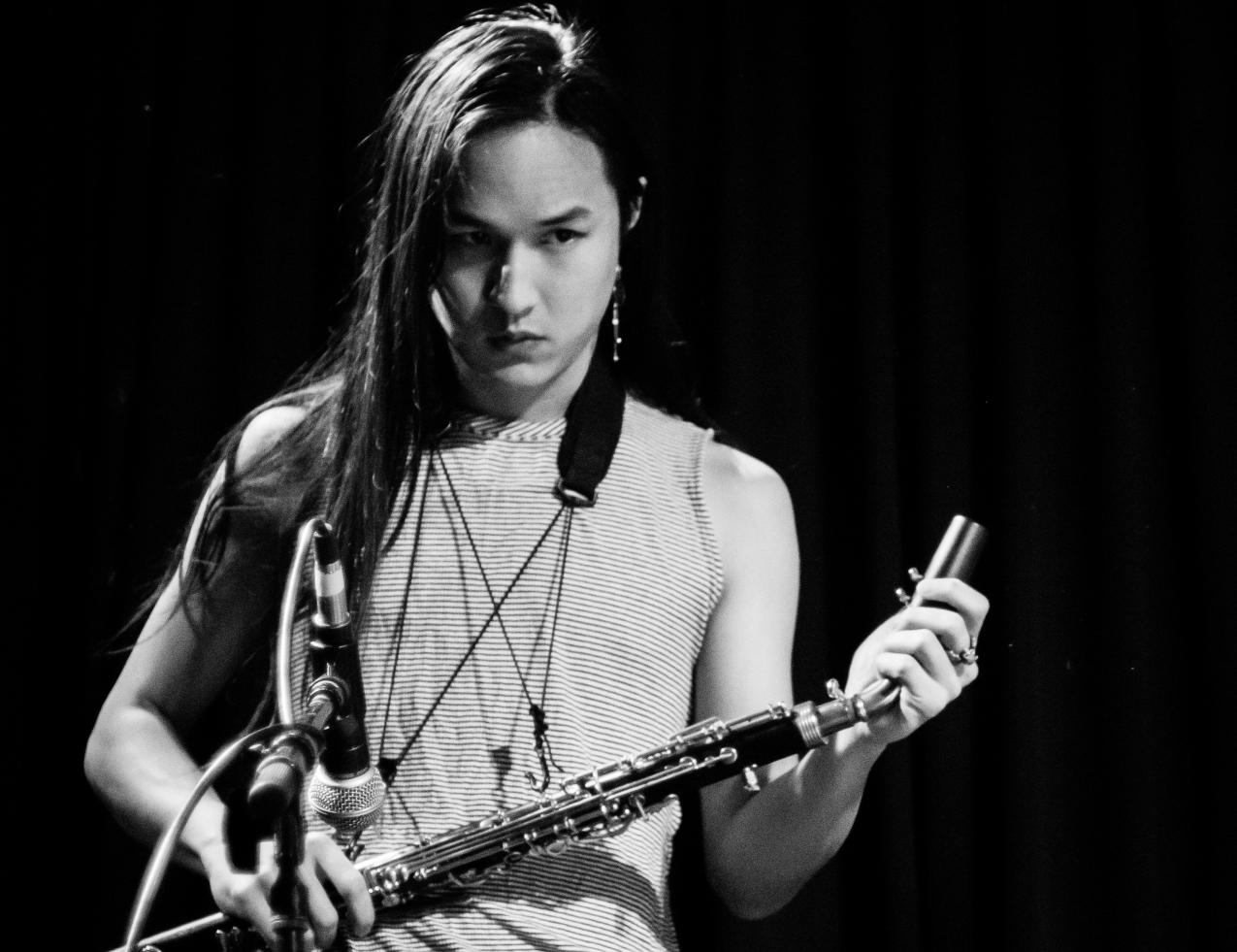
Madam Data
[a. adhiyatma] is a clarinetist, electronic composer, computer theorist and improviser. They are currently based in Philadelphia but long for the sunny shores and ambiguous morals of their homeland, Singapore. They think about space a lot, as in outer space, but also as in psychic, geographical, cosmological, historical and bio-social distance. They are also really into buildings.
madamdata.com
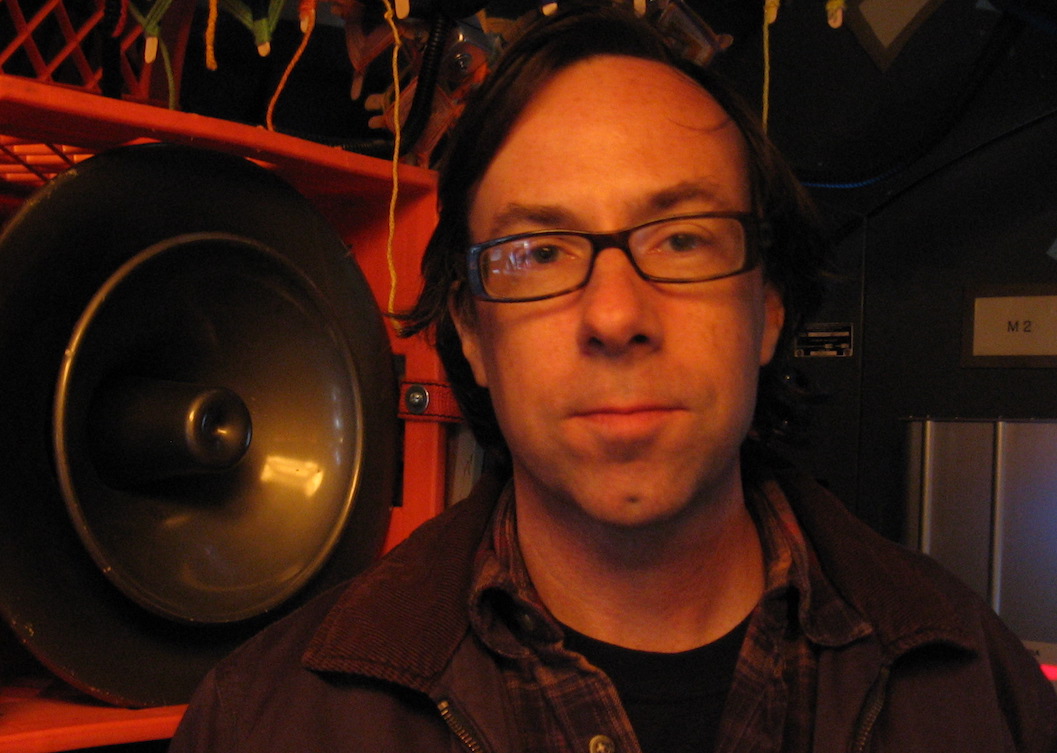
John Mallia
lives and works in Boston, where he is a member of the Composition Faculty, and directs the Electronic Music Studio, at the New England Conservatory of Music. He is also on faculty at the Vermont College of Fine Arts in Montpelier. His compositional process is informed by spatial constructs and concepts, and a fascination with presence, ritual, and the thresholds standing between states of existence or awareness. In addition to composing chamber music and works combining acoustic instruments with electronics, he creates multichannel fixed media compositions, and collaborates with visual artists on multimedia works, including installation.
Recent performances of his music have taken place at MediaMix in Monterrey, Mexico; New York City’s Lincoln Center; the International Computer Music Conference at Huddersfield, England; the RAMA Festival in Aarhus, Denmark; and Musicacoustica in Beijing, China.
necmusic.edu/faculty/john-mallia
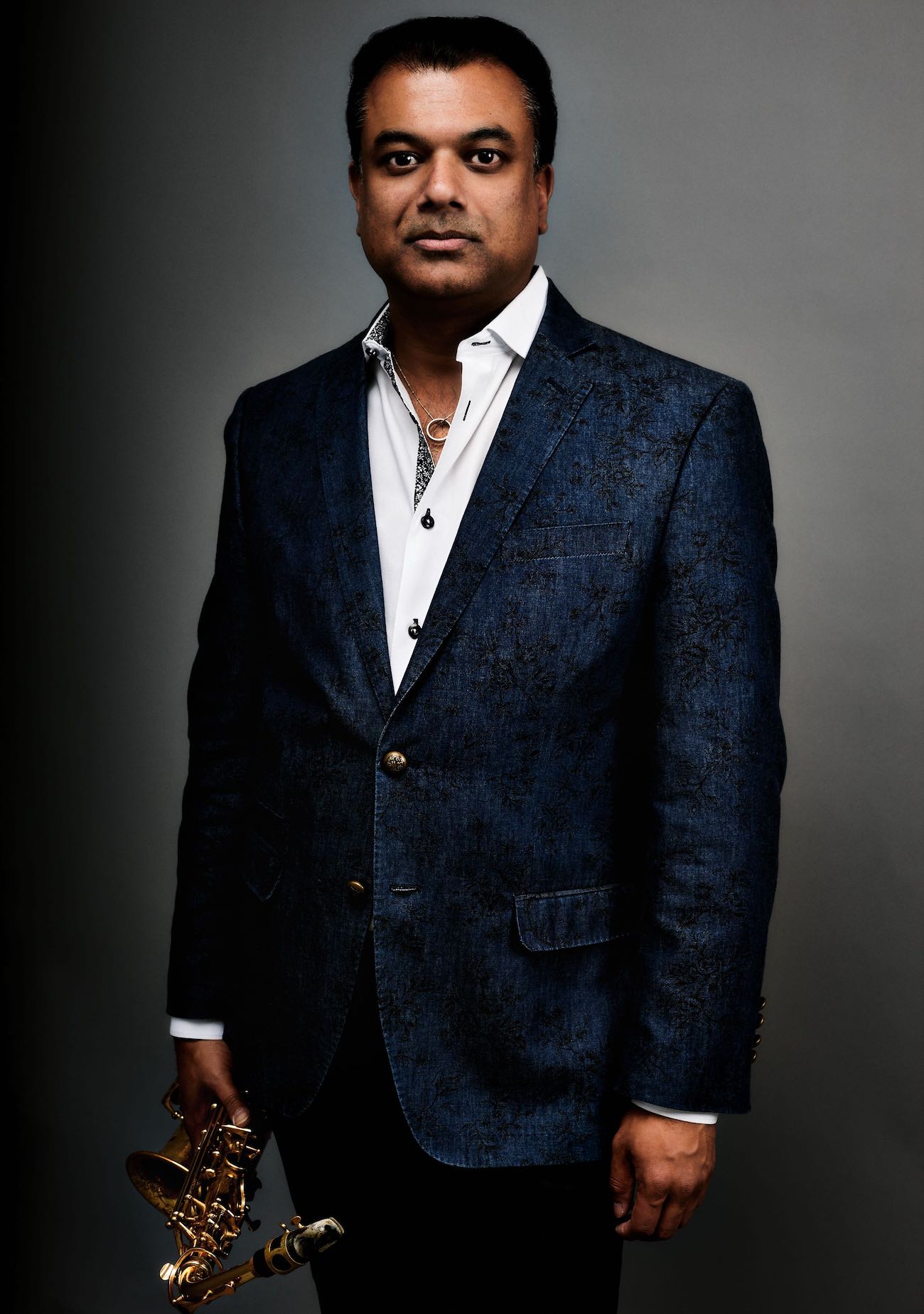
Rudresh Mahanthappa
Hailed by Pitchfork as “jaw-dropping… one of the finest saxophonists going,” alto saxophonist, composer and educator Rudresh Mahanthappa is widely known as one of the premier voices in jazz of the 21st century.
He has over a dozen albums to his credit, including the acclaimed Bird Calls, which topped many critics’ best-of-year lists for 2015 and was hailed by PopMatters as “complex, rhythmically vital, free in spirit while still criss-crossed with mutating structures.”
Rudresh has been named alto saxophonist of the year for six of seven years running in Downbeat Magazine’s International Critics’ Polls (2011-2013, 2015-2017), and for five consecutive years by the Jazz Journalists’ Association (2009-2013) and again in 2016. He won alto saxophonist of the year in the 2016 JazzTimes Magazine Critics’ Poll and was named the Village Voice’s "Best Jazz Artist" in 2015. He has also received the Guggenheim Fellowship and the Doris Duke Performing Artist Award, among other honors, and is currently the Anthony H. P. Lee ’79 Director of Jazz at Princeton University.
His newest album “Agrima” is considered to be one of the top jazz releases of 2017. Photograph © Ethan Levitas.
http://rudreshm.com
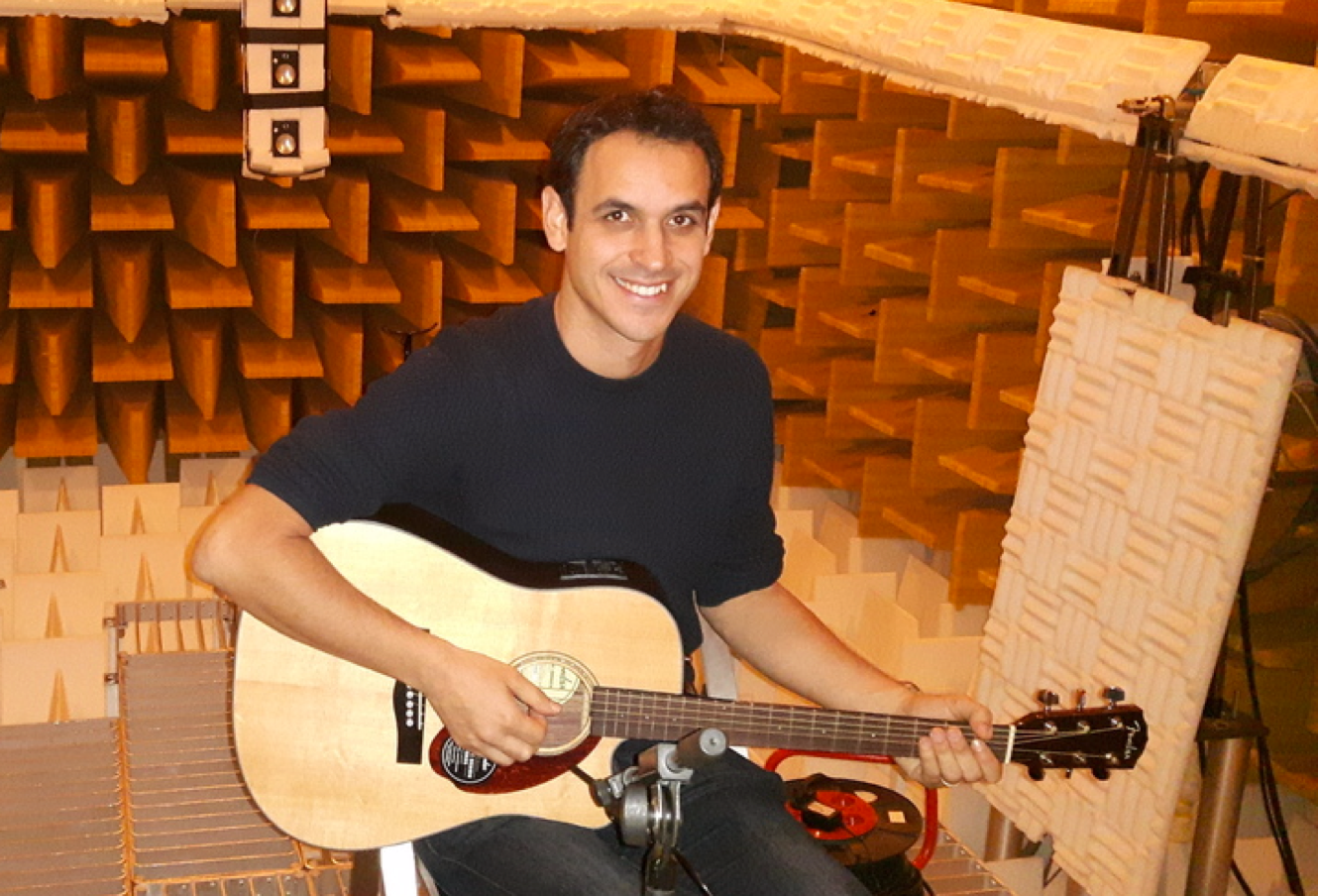
Adrien Mamou-Mani
is the CEO and co-Founder of HyVibe. Prior to creating HyVibe, he was the lead researcher for the Ircam Instrumental Acoustics team and the professor in musical acoustics at Paris Conservatoire. He holds a PhD in Acoustics and Mechanics from the University Pierre et Marie Curie (Paris) and has been a post-doctoral researcher at the Paris Philharmonic Museum and at the Open University Acoustics Laboratory (United Kingdom) as Newton Fellow. Adrien is recognized as a world expert in vibration and control of musical instruments. His instrument prototypes have been used by classical and contemporary soloists in Europe and South America, and have inspired composers to write dedicated pieces for them.
hyvibe.audio
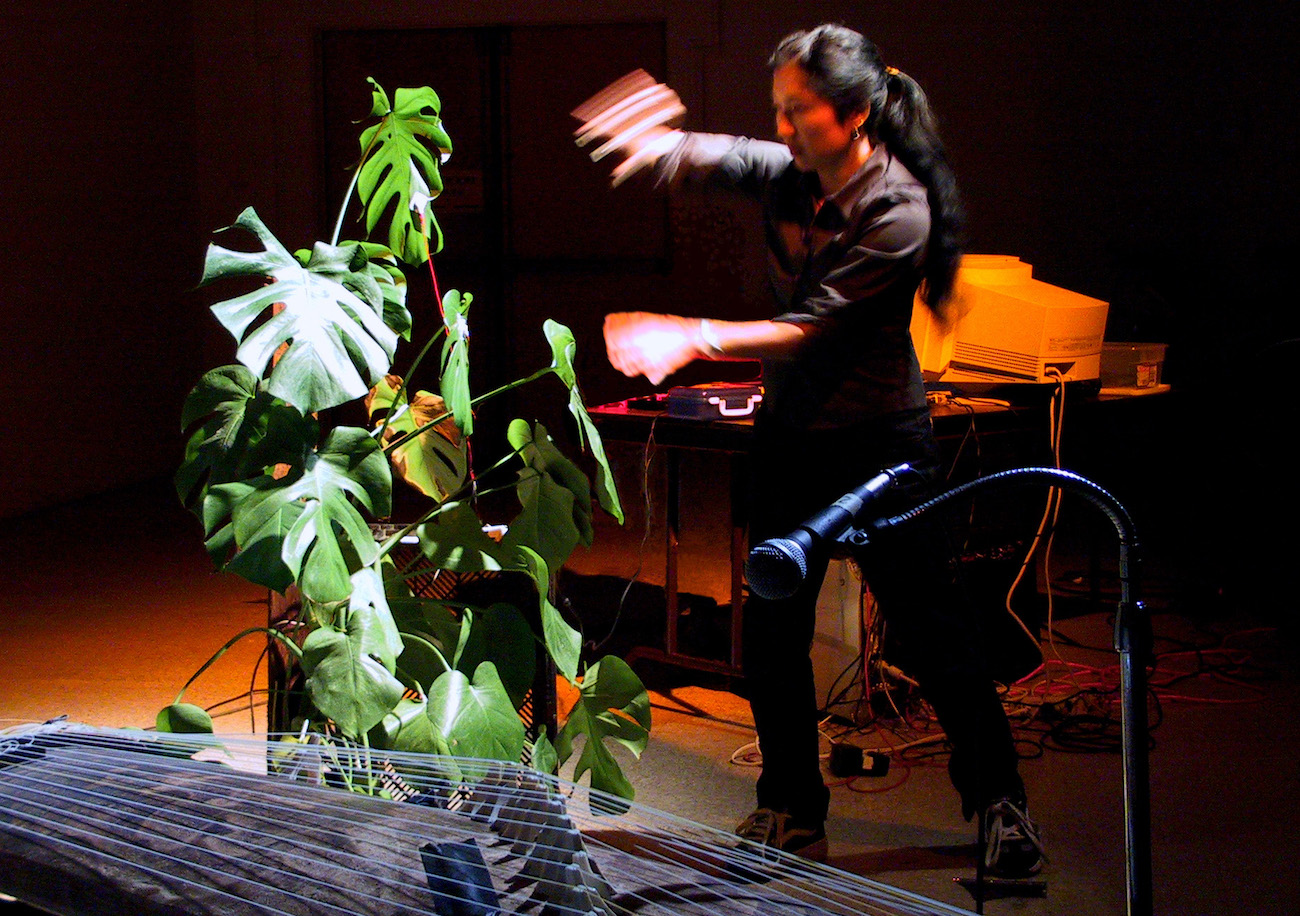
Miya Masaoka
works at the intersections of sound, composition, improvisation, spatialized perception and social interaction. Her work encompasses notated compositions, instrument building, creating computing wear-ables and sonifying the behavior of plants, brain activity, and insect movement. Her work has been exhibited nationally and internationally, including the Venice Biennale, Park Avenue Armory, Institute of Contemporary Art Philadelphia, Museum of Contemporary Art Chicago, and MoMA PS1 (2018). She was the keynote speaker at NIME 2016 in Brisbane, Australia, and a Fulbright Fellow to Japan in 2016, and has been the recipient of the Doris Duke Artist Award, the Alpert Award in the Arts, Gerbode Foundation Special Award in the Arts, the MAP Fund, and others. Masaoka has taught composition at New York University and in the Music/Sound program at the Milton Avery School of the Arts at Bard College since 2002, and is currently the director of the Sound Art MFA program at Columbia University. In 2017, her installation “Vaginated Ears” was shown as the Kunstmuseum Bonn, and in 2018 she will premiere a work for the BBC Scottish Symphony Orchestra.
www.miyamasaoka.com

Matmos
is M.C. Schmidt and Drew Daniel, aided and abetted by many others. Currently based in Baltimore, the duo formed in San Francisco in the mid 1990s. Marrying the conceptual tactics and noisy textures of object-based musique concrete to a rhythmic matrix rooted in electronic pop music, the two are known for their highly unusual sound sources: amplified crayfish nerve tissue, the pages of bibles turning, liposuction surgery, rat cages, a cow uterus, snails, cigarettes, laser eye surgery, latex fetish clothing, life support systems, a five gallon bucket of oatmeal, and a washing machine. Matmos’ work presents a model of electronic composition as a relational network that connects sources and outcomes together; information about the process of creation activates the listening experience, providing the listener with entry points into sometimes densely allusive, baroque recordings. Matmos have released over ten albums on labels such as Matador and Thrill Jockey. They also have a history of rich collaborations with artists like Bjork, Antony, So Percussion, Terry Riley, The Kronos Quartet, David Tibet, Rachel’s, Zeena Parkins, and the Princeton Laptop Orchestra, Daria Martin, Young Jean Lee, and Ayman Harper. Outside Matmos, Schmidt and Daniel have also performed in Baltimore’s High Zero festival and engaged countless collaborators across the American underground and beyond for more than 20 years.
vague-terrain.com

Mental Jewelry
Originally from the Jersey shore area, Steven Montenegro moved to Philadelphia in 2002 to attend University of the Arts to study jazz and composition. Inspired by both drum 'n bass music and free improvisation, he began working with computers to compose music. After a few stints playing bass in rock and punk bands he focused mainly on computers and sampling, producing tracks for Abdu Ali, Joe Kusy and Gina Ferrera. Around 2014, he started making music under the name Mental Jewelry and teamed up with Camae Ayewa (Moor Mother) to make an album called 'Crime Wave' on Don Giovanni Records.
soundcloud.com/mental-jewelry

Dave Middleton
From North America's west coast to the east, across Western and Eastern Europe, thru the Tuvan steppes of Siberian Mongolia to the Fuji Mountains of Japan, D.mHotep has traveled across the northern hemisphere [and into Brazil] for the past two decades: observing, hearing, performing, and learning music of the human earth.
After leaving behind a career in architectural design, intense self-initiative and excellent private teachers such as Curtis Harmon Sr., Steve Giordano, Myrtle Young, Robert Kenyatta, Marshall Allen, and [Dennis Sandole students] Glenn Wallace and Pat Martino have helped to hone his jazz/music theory and guitar performance skills.
His first professional experience was as an integral member of the legendary DJ Tat Money's Halfro Productions team – playing both bass and guitar, contracting musicians, and even appearing in an MTV/BET broadcasted video with the hip-hop group EBS — one of the acts produced by the company.
In the early 1990s, he co-founded the music ensemble JazGuardian with Philadelphia drummer Kimpedro. JazGuardian performed at innumerable public, private, corporate, and political events in and around the Philadelphia/tri- state area for nearly 20 years. Also during the 1990s, he was a participating artist in the Pennsylvania Council of the Arts' workshops, retreats, and Artists in Residence Program, alongside Rogi Kenyatta; and has performed many concerts for Artreach, Inc. He has performed and taught with the Philadelphia Jazz Composers' Forum, which was organized and led by Philadelphia vibraphonists Khan Jamal and the late Barry Schuck. For the PJCF, he organized and ran the Program of Jazz for Seniors in conjunction with the Mayor's Commission on Services to the Aging. He has both performed with and written big band arrangements for the Community College of Phila. Big Band, as directed by Dr. George Allen.
Since 2000, he has been musically trained and mentored within the school of master musicians of the Sun Ra Arkestra — Marshall Allen, Charles Davis, Knoel Scott, Michael Ray, Tyrone Hill & others. During that time, he has internationally toured and recorded as a member of the Sun Ra Arkestra, under the direction of Marshall Allen.
All About Jazz page

Katarina Miljkovic
Composer Katarina Miljkovic investigates interaction between science, music and nature through collaborative musical performance. This interest led her to the mathematician Benoit Mandelbrot’s essay The Fractal Geometry of Nature and self-similar complex structures resulting in the cycle, Forest, “…a dreamy piece, along the lines of Feldman or Brown…entirely captivating” (Signal to Noise).
In collaboration with Wolfram Research, Miljkovic has been working on sound mapping of the elementary rules from Stephen Wolfram’s New Kind of Science. She presented her exploration in this new field at Brown University, NKS conferences in 2004, Waltham, MA, Wolfram Technology Conference 2005, Champaign, Illinois, NKS 2006, Washington, D.C., NKS 2007, University of Vermont and 2009, University of Pisa, Italy, The Musical and Scientific Legacies of Iannis Xenakis, 2006, Toronto, the International Conference on Mathematics and Computation in Music, MCM 2007 and ECMST ~ MASA 2010, Berlin, Boston Cyber Festival, Cambridge Science Festival, Boston First Night, Klangwerktage 2012, Hamburg, Harry Partch symposium, Boston, 2013 and 2017 Euro MicroFest in Freiburg. Her generative music has been described as “a refined, hypnotic dream” (Danas) “a work of musical and visual slow-motion with only a few delicately elaborated musical metaphors” (Radio Belgrade). Her collaborative projects include works with Theater DAH, Belgrade, film director Vlada Petric, Harvard, video artist Milan Popovic, Belgrade, choreographers Dawn Kramer and Stephen Buck, and Ko Ishikawa, Japan and Christopher Watford, NY.
necmusic.edu/faculty/katarina-miljkovic
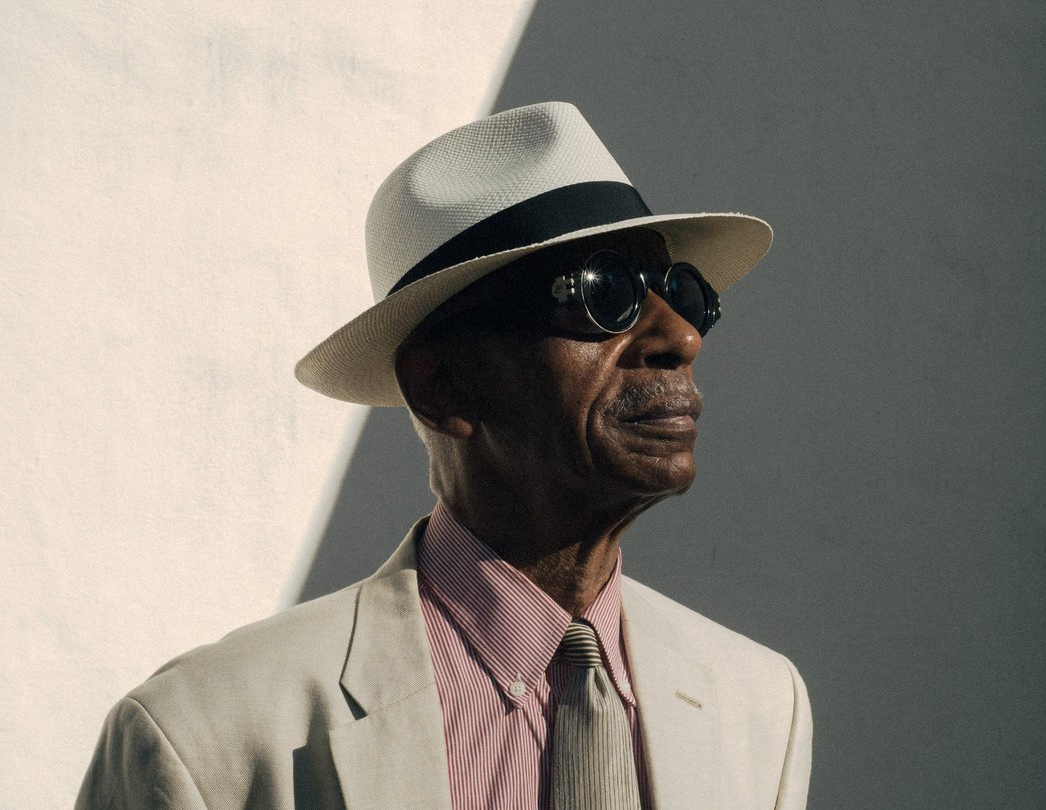
Roscoe Mitchell
has been an icon and leader in jazz music and contemporary music for over 40 years. An internationally renowned musician, composer, and innovator, Mr. Mitchell began his distinguished career in the spirited 1960s of Chicago, Illinois. His role in the resurrection of long neglected woodwind instruments of extreme register, his innovation as a solo woodwind performer, and his reassertion of the composer into what has traditionally been an improvisational form have placed him at the forefront of contemporary music for over four decades. A flagship in the field of avant-garde jazz and contemporary music, Mr. Mitchell is a founding member of the world renowned Art Ensemble of Chicago, the Association for the Advancement of Creative Musicians (AACM), and many music ensembles. Mr. Mitchell has recorded over 100 albums and has written hundreds of compositions. His compositions and improvisations range from classical to contemporary, from wild and forceful free jazz to ornate chamber music. Roscoe Mitchell has pursued a long lasting collaboration with David Wessel (1942-2014) in free-form improvisational works featuring David's custom-designed controller/computer system alongside Roscoes instrumental developments. David and Roscoe gave historical duet performances in two previous Improtech Series Workshop-Festival : in 2004 during the Sound and Music Computing Conference at Ircam, and in 2012 at the Improtech Paris - New York Workshop. This Workshop and concert are dedicated to the memory of David Wessel.
NY Times profile / ECM Records bio
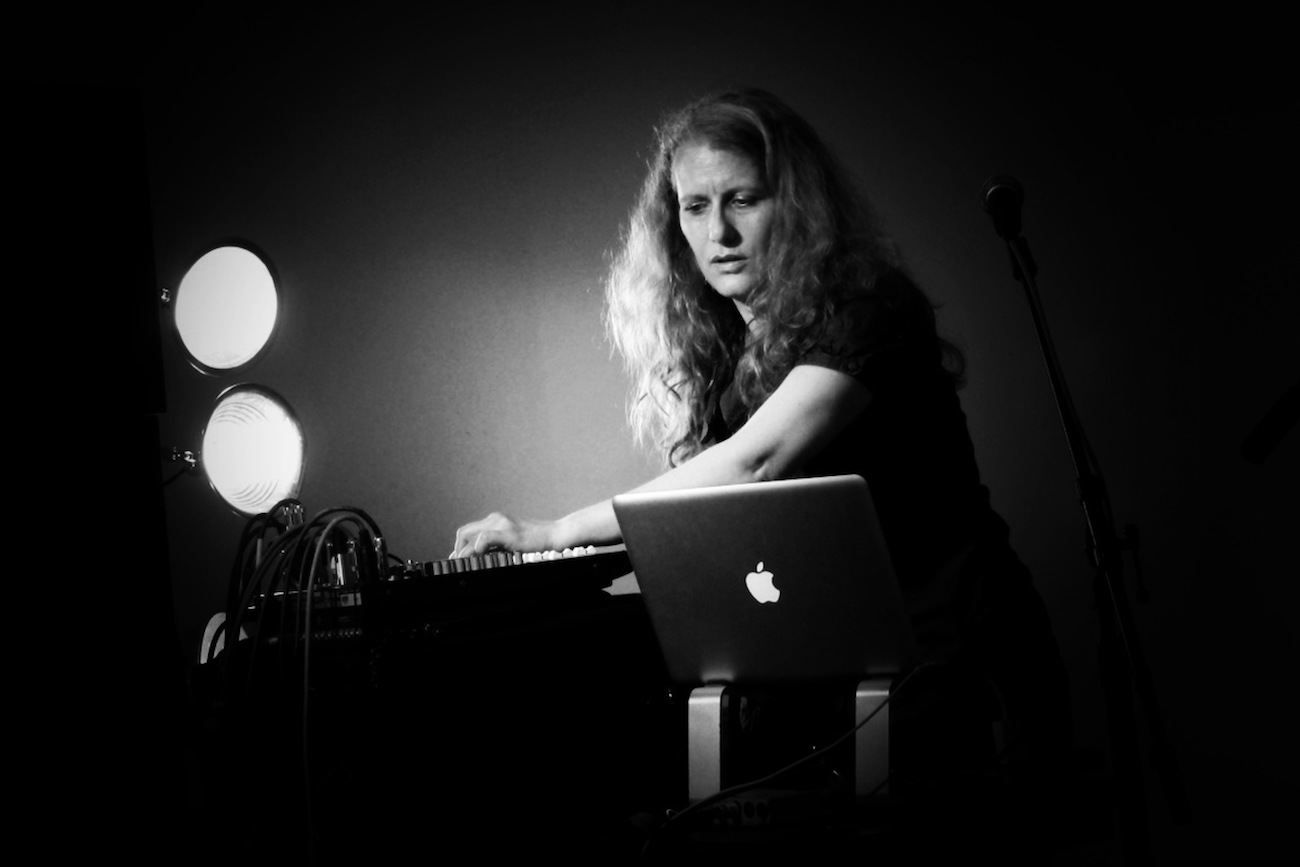
Dafna Naphtali
is a sound-artist, vocalist, electronic musician and guitarist. As performer and composer of experimental, contemporary classical and improvised music since the mid-90’s, she creates custom Max/MSP programming for live sound-processing of voice and other instruments, music for robots, audio augmented reality sound walks and “Audio Chandelier” multi-channel sound projects presented in festivals and venues in the U.S. and internationally. She received fellowships from New York Foundation for the Arts (Computer Arts 2001, Music Composition 2013), and commissions/support from NYSCA, Franklin Furnace, and American Composers Forum (for vocal sextet and electronics, and to write for pianist Kathleen Supové on Yamaha Disklavier). Her newest release "Pulsing Dot" (CLANG label, 2017) is of her duo with pianist Gordon Beeferman (she processes both her voice and the piano). "luminary” (Time Out) “extraordinary experimental vocalist” (Bruce Gallanter, Downtown Music Gallery. “Brilliant and dangerous” All Music Guide. //// ////////// Dafna is adjunct faculty for many years at New York University (and other colleges), teaching Max/MSP, Electronic Music Performance and related classes. She worked as engineer/programmer for the artist-in- residence programs at Harvestworks since 1995 and in the 2000’s at Engine 27 multi-channel sound gallery. More recently she has written and taught about her aesthetics of live sound processing in a workshop at Harvestworks in NY (2012), at a week-long course in Helsinki at Uniarts/Sibelius Summer Sound Art Academy (2014), and in a book chapters included in "Musical Instruments in the 21st Century" (Springer 2016). In October (2017) she wrote four blog posts on Live Processing and Improvisation for NewMusicBox.org, she hopes the subject of a future book.
dafna.info
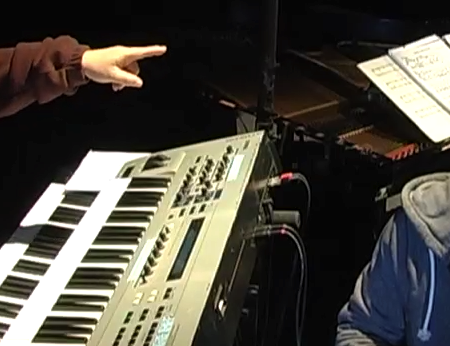
Jérôme Nika
is a postdoctoral researcher in the Music Representations team at Ircam (UMR STMS 9912 CNRS). He graduated from the “Grandes Écoles” Télécom ParisTech and ENSTA ParisTech. In addition, he studied acoustics, signal processing and computer science applied to music (multidisciplinary Master’s degree ATIAM in sciences and technologies for music, UPMC Paris 6, Télécom ParisTech, Ircam). His PhD work “Guiding human-computer music improvisation“ (“Young Researcher Prize in Science and Music" in 2015; “Young Researcher Prize" awarded by the French Association of Computer Music in 2016) focused on the introduction of authoring, composition, and control in human-computer music co-improvisation. Through the development of the software ImproteK and within the DYCI2 project, his research focuses on the integration of scenarios in music generation processes, and on the dialectic between reactivity and planning in interactive human-computer music improvisation.
http://repmus.ircam.fr/nika / http://repmus.ircam.fr/dyci2/
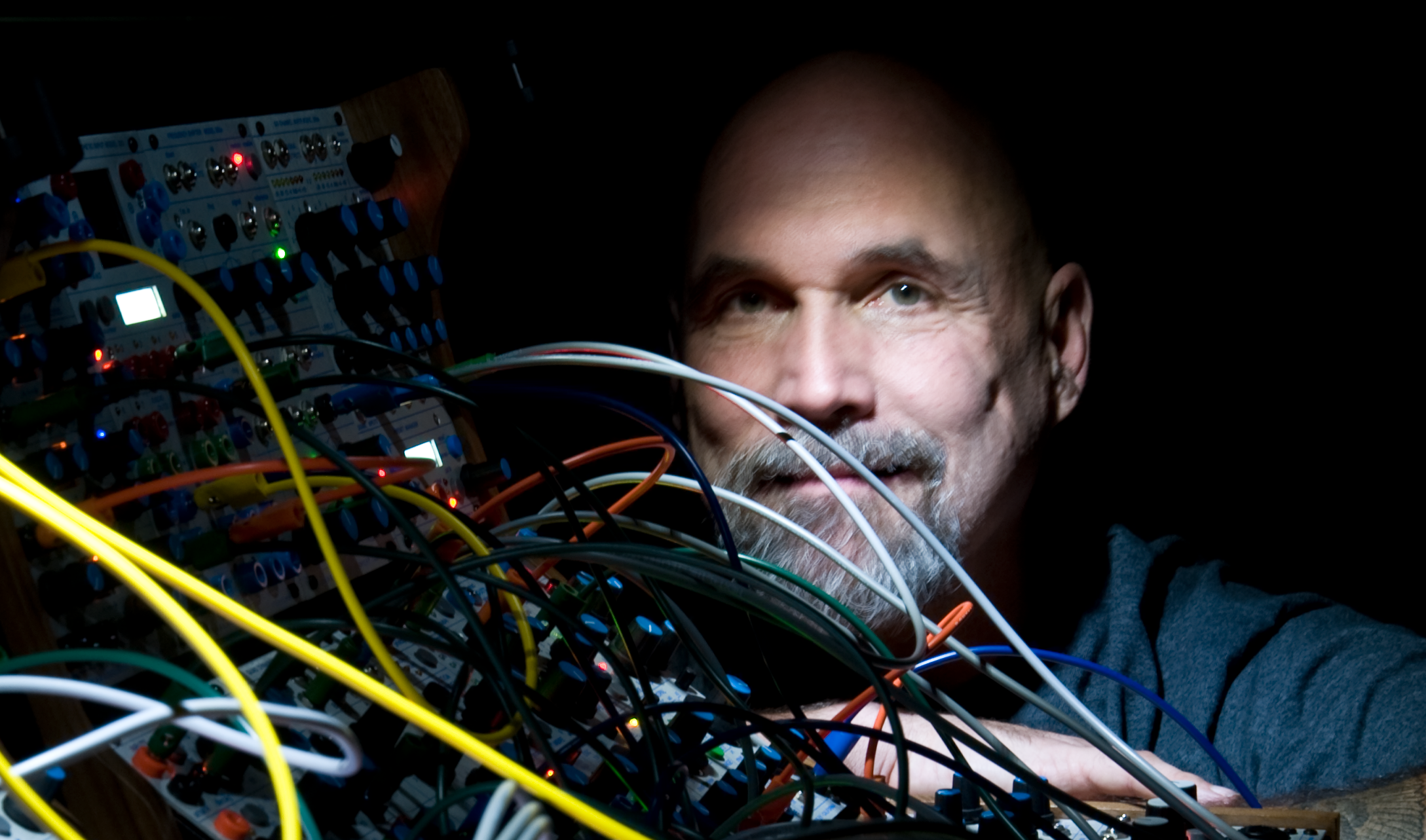
Bob Ostertag
Composer, performer, historian, instrument builder, journalist,
activist, kayak instructor, Bob Ostertag's work cannot easily be
summarized or pigeon-holed. He has published more than twenty
CDs of music, two DVDs, and five books. His writings on
contemporary politics have been published on every continent and
in many languages. Electronic instruments of his own design are at
the cutting edge of both music and video performance technology.
He has performed at music, film, and multi-media festivals around
the globe. His radically diverse collaborators include the Kronos
Quartet, postmodernist John Zorn, heavy metal star Mike Patton,
transgender cabaret start Justin Vivian Bond, British guitar
innovator Fred Frith, Quebecois film maker Pierre Hébert, EDM star
Rrose, jazz legend Anthony Braxton and many others. He is rumored to have connections to the
shadowy media guerrilla group The Yes Men. He is currently a
professor at the University of California at Davis.
Ostertag began his musical career in 1978, touring Europe with jazz great Anthony Braxton,
playing a keyboard-less modular analog synthesizer. He was not the first person to take a
modular synthesizer on stage, but he was the first person to center his musical practice in a
scene of “free improvisors” using a modular synth as his main ax.
In 1979 he settled in New York City and became a key part of the late 1970s “downtown”
scene along with John Zorn and Eugene Chadbourne. He left music for most of the 1980s and
immersed himself in the Central American revolutionary movements of the time. His goodbye
to the Salvadoran revolution, a composition titled “Sooner or Later,” is considered a classic of
electronic music.
His 2012 book (co-authored with Jane McAlevey) on labor unions in the US was named by
The Nation as “the most important book of 2012.”
The Wire called his previous book, Creative Life, “the most lucid philosophical work on music,
culture, and politics since Steve Reich’s Writings on Music.”
bobostertag.wordpress.com
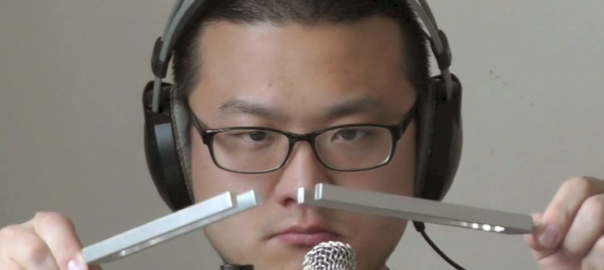
Joo Won Park
wants to make everyday sound beautiful and strange so that everyday becomes beautiful and strange. He performs live with toys, consumer electronics, kitchenware, vegetables, and other non-musical objects by digitally processing their sounds. He also makes pieces with field recordings, sine waves, and any other sources that he can record or synthesize. Joo Won draws inspirations from Florida swamps, Philadelphia skyscrapers, his two sons, and other soundscapes surrounding him. He has studied at Berklee College of Music and the University of Florida, and currently teaches Music Technology at the Wayne State University. Joo Won’s music and writings are available on ICMC DVD, Spectrum Press, MIT Press, PARMA, Visceral Media, MCSD, SEAMUS, and No Remixes labels.
joowonpark.net

Tae Hong Park
is a composer, bassist, and music technologist. Park received his Bachelor of Engineering degree in Electronics from Korea University in 1994 and has worked in the area of digital communication systems and digital musical keyboards at the LG Central Research Laboratory in Seoul, Korea from 1994 to 1998. He also holds degrees from Dartmouth College (M.A.) and Princeton University (M.F.A and Ph.D.). His current interests are primarily in composition of electro-acoustic and acoustic music, signal processing, computer-aided music analysis, cyber-physical systems, soundscapes, and new media studies. His music has been heard in various locations including Austria, Brazil, China, Canada, France, Germany, Holland, Hungary, Ireland, Italy, Mexico, South Korea, Slovenia, Sweden, UK, and USA; in venues, conferences and festivals including Aether Fest, Bourges, Carnegie Hall, CEAIT, CYNETart, DIEM, Electric Rainbow Coalition, EarZoom, EMM, EUCUE Series, FEMS, ffmup, High Voltage, ICMC, Into the Soundscape V, ISMEAM, klangprojektionen, LACMA, LITSK, MATA, MAXIS, NWEAMO, NYCEMF, Pulse Field, Reflexionen Festival, Santa Fe International Festival of Electro-Acoustic Music, SICMF, SEAMUS, Sonorities Festival, Spark Festival, Third Practice, and Transparent Tape Music Festival. His works have been played by groups and performers such as the Argento Ensemble, Brentano String Quartet, California E.A.R. Unit, Ensemble Surplus, Wayne Dumaine, Edward Carroll, Entropy, Kaleidoscope, Zoe Martlew, Nash Ensemble of London, New Jersey Symphony Orchestra, and the Tarab Cello Ensemble. Park is board member of SEAMUS, Editor of Journal SEAMUS, serves as Editorial Consultant for Computer Music Journal, has served two terms as President of ICMA, is director of NYU’s Interactive Arts Performance Series, is chair of the 2018 ICMC, and has served as Chair of ICMC 2006, ICAD 2013, SID 2015, and Noisegate 2016 conferences. He is author of “Introduction to DSP: Computer Musically Speaking” published in 2010. He is currently Associate Professor in Music Technology and Composition at New York University.
steinhardt.nyu.edu/faculty/Tae_Hong_Park
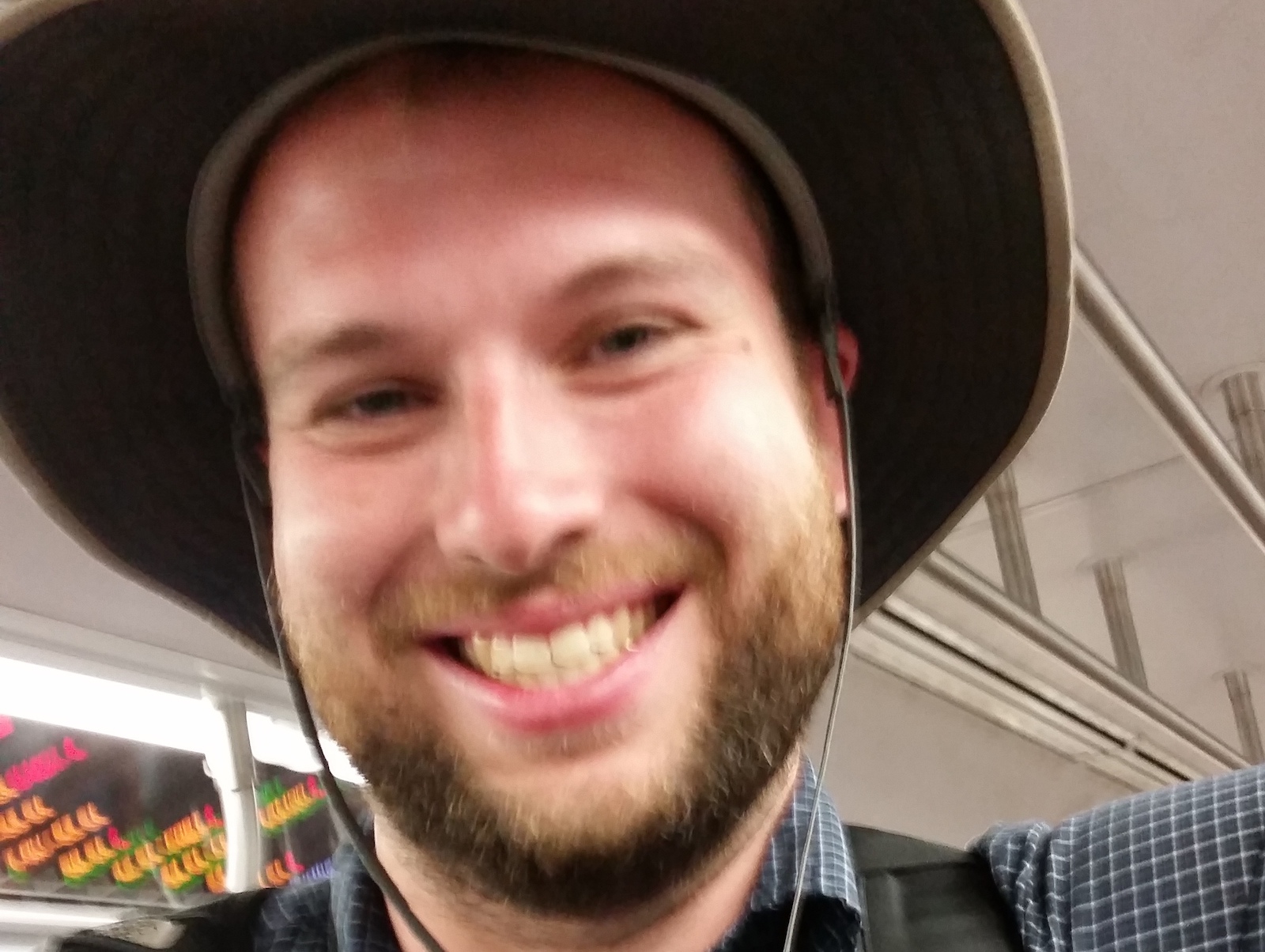
Joseph Pfender
is a musicologist, composer, and writer. A PhD candidate at New York University, his research has focused on ways in which philosophy of technology and information theory have been incorporated into postwar modernism in musical and interarts practices. His dissertation considers the vernacularized dynamics of knowledge production in American science and technology, by exploring magnetic tape’s historical development from the late 19th-c onwards, analyzing its impact on avant-garde American composers beginning in 1947, and articulating tape’s effects on American artistic production during the Cultural Cold War. Building on experiences in previous fellowships in Shanghai and Hong Kong, he is thinking with scholarship by Lauren Flood, Anna Greenspan, Gabriele de Seta, and others, comparing the horizons of conceivability achieved by both a liberal neocolonialism of musical expression at mid-century, and music in new and febrile channels of global circulation today.
www.josephpfender.wordpress.com
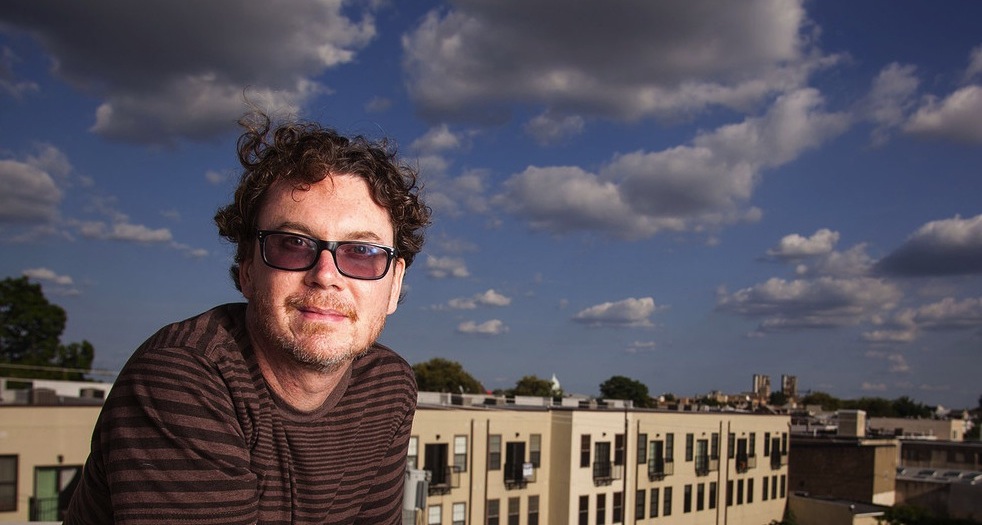
Bhob Rainey
works with sound, both acoustically and electronically. He, like a lot of people, is interested in quite a few things, but he is especially invested in matters relating to consciousness - its possibilities, limitations, absurdities, threats and futures. As a result, ideas from philosophy, technology, psychology, and the plain old grind worm their way into his work. So do horror and humor. His music is visceral, sometimes. Thoughtful, sometimes. Sometimes both. Rainey is also a computer programmer, for real. If you use SuperCollider, you've probably tinkered with his plugins. If you're using this web site, you're using his code. That may seem trivial, but this is one of the only web sites where you can buy downloadable music, and all of the splits and royalties, etc., go immediately to all parties involved. Why this isn't normal is not clear. In any case, having an intimate knowledge of cutting edge technologies is helpful when both examing the possibilities they offer and putting forth a critique of their application, ideology, etc. He also plays the saxophone.
bhobrainey.com
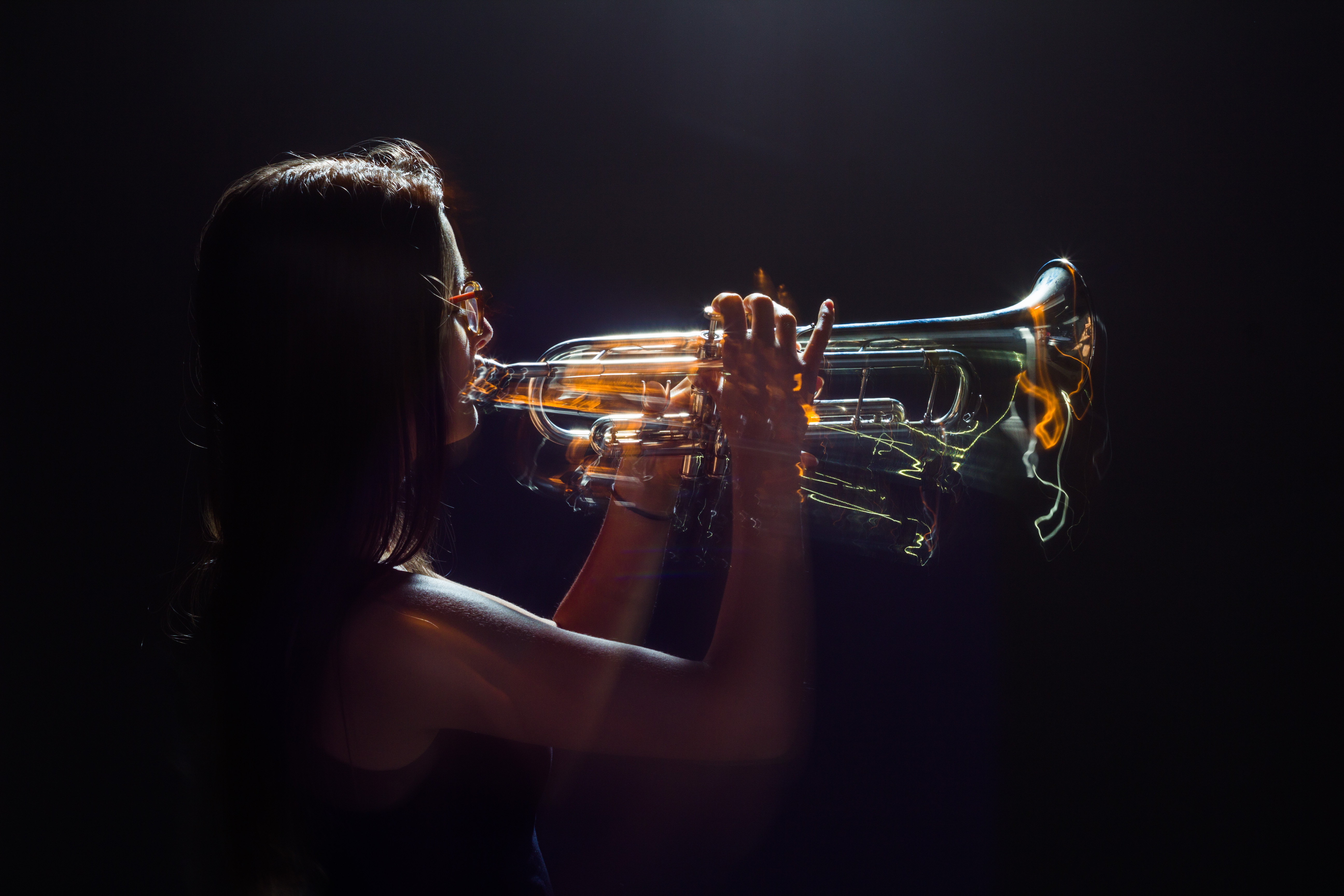
Sarah Belle Reid
is a Canadian performer-composer, active in the fields of electroacoustic trumpet performance, intermedia arts, music technology, and improvisation. She is a co-developer of the Minimally Invasive Gesture Sensing Interface (MIGSI) for trumpet: an open-source, wireless interface that captures performance data and provides real-time extended sonic and visual control for improvisation. Reid has presented and performed with MIGSI at institutions and festivals around the world including Stanford University’s Center for Computer Research in Music and Acoustics (CCRMA), the International Conference of New Interfaces for Musical Expression (NIME 2015: Brisbane, Australia), New Media Art & Sound Summit (NMASS 2017: Austin, TX), University of Oregon, UT Austin, and UC Irvine's Women in Music Technology Symposium (2016). As a composer, Reid’s work focuses on liminality and memory imprints both in sound and physical performance—a fascination inspired by Marcel Duchamp’s writings on infrathin—as well as the integration of electronics, hybrid/new instruments, and found objects. In 2017 her composition “Flux” for amplified percussion quartet won the Grammy-nominated Los Angeles Percussion Quartet’s Next Wave Composer Initiative. She is a founding member of the trumpet/modular synthesizer duo Burnt Dot and the Sarah Belle Reid Quartet, dedicated to exploring open forms of spontaneous creation, realization of graphic scores, and electroacoustic collaboration.
www.sarahbellereid.com
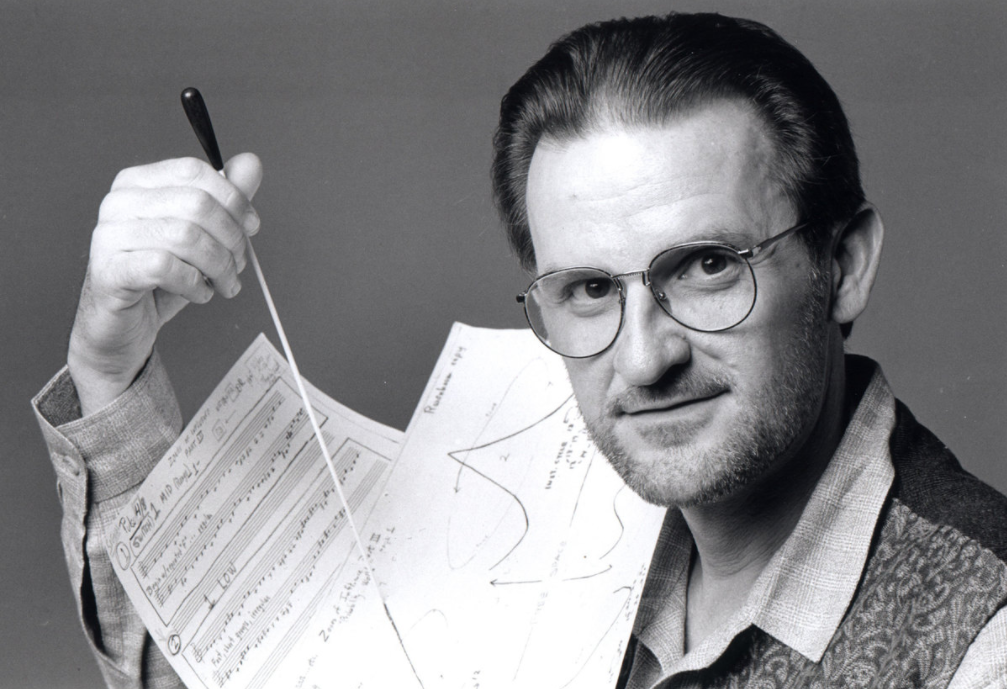
David Rosenboom
Recently lauded in The New York Times as an “avatar of experimental music,” David Rosenboom is a composer-performer, interdisciplinary artist, author and educator, who over five decades has explored the spontaneous evolution of musical forms, multidisciplinary composition and performance, unique languages for improvisation, cross-cultural collaborations, performance art and literature, interactive multi-media and new instrument technologies, art-science research and philosophy, and extended musical interface with the human nervous system. His wide-ranging work is broadly distributed and presented around the world. He holds the Richard Seaver Distinguished Chair in Music at California Institute of the Arts where he is also Dean of The Herb Alpert School of Music. David Rosenboom is author of influential books such as Biofeedback and the Arts, Extended Musical Interface with the Human Nervous System and many articles and monographs. Rosenboom is a Yamaha Artist. "David Rosenboom ... has become one of the leading lights of interactive computer composition." (The Village Voice). Photograph by Scott Groller.
www.davidrosenboom.com

Charles Kely Zana-Rotsy
Born in Madagascar, Jean-Charles Razanakoto aka Charles Kely Zana-Rotsy began to sing at age 5 and to play the guitar at age 8 in the family band. He started to play on stage at age 11. He received attention because of his open tuning playing and his first hit was the song "Ifarakely" that he composed in a rock/folk style. His international career began when he joined the group of Malagasy zither player Rajery, and followed up with his collaboration with female singer from Tchad Mounira Mitchala. He has been twice the recipient of the RFI Award (Radio France International) in 2003 with Rajery and in 2009 with Mounira. His first solo album "Anilanao" was published in 2003, and his second "Zoma Zoma" in 2011. He has toured in USA and Canada and played many times in France at the Festival Musiques Métisses and in Europe. Graduate from the jazz school ARPEJ in Paris, he has collaborated with musicians such as the late Régis Gizavo and the Hot Club Madagascar with Erick Manana. He has been involved for two years in the Djazz project with EHESS and IRCAM.
youtube

Lance Simmons
North Industrial American Intuitionist and Decomposer Lance H. Simmons practices music primarily under the moniker Unguent. The music tends to take form through a constant evolution of abstracted violent events produced by various means of synthesis and sound processing. Simmons has no formal training in music, synthesis, or sound design.
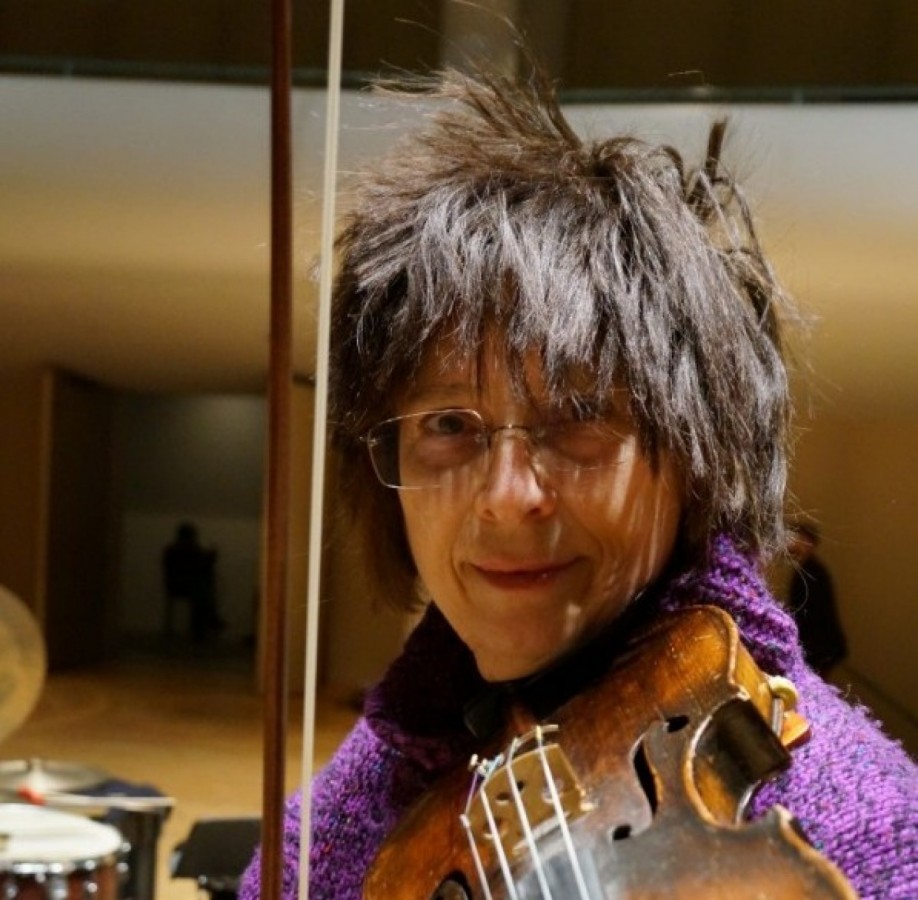
LaDonna Smith
is an American violinist, violist, vocalist, teacher, and musical impresario. A veteran of the Alabama’s legendary Surrealist scene, she has spent four decades pioneering and promoting the field of free improvisation as an art-form capable of ecstatic and explosive emotions, clarity, lyricism and raw human expression. With her highly personal solo style of instant composition and extended techniques, Smith has enjoyed collaborations with fellow improvisers in hundreds of concerts across North America, Europe (including Russia and Siberia), China, Japan and India. Likewise, she has produced many festivals and concerts in her home territory of Birmingham, Alabama, serving as a local outpost for improvised music in the deep South. Co-founded with her longtime duo partner Davey Williams, her TransMuseq record label and The Improviser (an international journal of free improvisation) produced trailblazing documentation and discussion of the emerging free improv idiom. She has performed with Anthony Braxton, Peter Brotzmann, Derek Bailey, Evan Parker, Peter Kowald, Henry Kaiser, John Zorn, Andrea Centazzo, Dave Liebman, Anne LeBaron, Misha Feigin, Shaking Ray Levis, Rova Saxophone Quartet, and Susan Alcorn. Her discography includes recordings on Ictus, Tzadik, Table of the Elements, Leo Records, Meniscus, and Ishtar.
ladonnasmith.com

Jeremy Stewart
Jeremy Stewart is a multimedia artist and performer whose work addresses agency, autonomy and perception through the development of interactive software systems, wearable hardware, and improvisational performances. Stewart is currently pursuing his PhD at Rensselaer Polytechnic Institute in Troy, NY, where he previously completed his MFA in Electronic Arts in 2016.
blindelephants.co

Ashley Tini
is a percussionist, hair-stylist and former graffiti artist born and currently based in South Philadelphia. Her work seeks to create altered states by challenging concepts of ritual and their relation to time and place. Equally versed in 20th and 21st century concert music, free improvisation, Ghanaian Ewe, and Central African Pygmy music. Tini is invested in music that refracts folkloric concepts through contemporary contexts.
As a percussionist, she has recorded and performed the works of George Crumb, Pauline Oliveros, Mauricio Kagel, Phillip Glass, So Percussion, Mohammad Fairouz, Stuart Saunders Smith, Milford Graves, Susie Ibarra, Matthew Welch, Dave Molk and Sarah Hennies. Tini has also been a featured guest on concerts and recordings by Broken Social Scene, Do Make Say Think, and Feist.
Duomo, her chamber duo with percussionist Emily Strachan, specializes in commissioning works by living women composers who offer new presentations for percussion.
Tini has devoted extensive research to Exotica, a genre that spawned its own set of cultural rites by taking ritualistic music completely out of context. In summer 2016, she began an ongoing residency at the estate of famed Exotica composer Elisabeth Waldo, who studied under Jascha Heifetz and worked closely with Les Baxter, Yma Sumac, and Billy May. Together, they will continue to premiere concerts of chamber music for indigenous Pre-Columbian American instruments.
Ashley holds a Bachelors of Music in Performance from The University of Kansas, where she studied with renown percussionist Ji Hye Jung. Tini appears on the Naxos, Ecstatic, Constellation, High Two Labels and is a featured artist on VicFirth.com
www.ashleytini.com
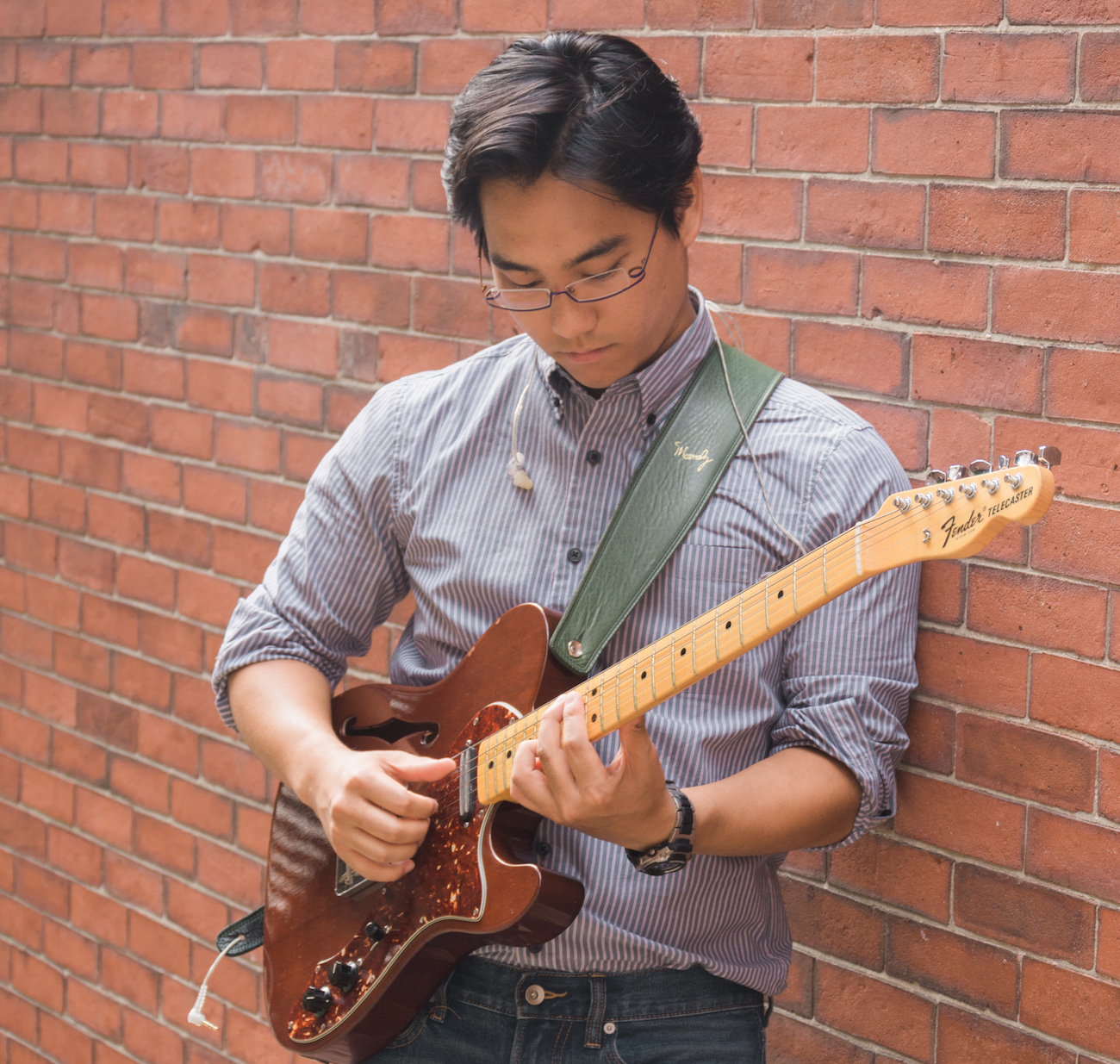
Toshihisa Tsuruoka
was born in Tokyo, Japan in 1994. After having studied classical trumpet for several years and curating an annual art symposium (the Art de Art Concert) in Tokyo, Toshi ventured off to NYC to study jazz guitar and earn a BA in Philosophy with a minor in Art History. Along the way, Toshi earned an Ableton Live Producer Certificate from Dubspot. He is currently earning an MM in Theory & Composition at NYU, striving to “perfect human imperfection in music”.

Adam Vidiksis
is a composer, conductor, percussionist, improviser, and technologist based in Philadelphia whose music often explores sound, science, and the intersection of humankind with the machines we build. Critics have called his music “mesmerizing”, “dramatic”, “striking” (Philadelphia Weekly), “notable”, “catchy” (WQHS), “magical” (Local Arts Live), and “special” (Percussive Notes), and have noted that Vidiksis provides “an electronically produced frame giving each sound such a deep-colored radiance you could miss the piece's shape for being caught up in each moment” (Philadelphia Inquirer). His work is frequently commissioned and performed throughout North America, Europe, and China in r¬¬ecitals, festivals, and major academic conferences. Vidiksis’s music has won numerous awards, including recognition from the Society of Composers, Incorporated, the American Composers Forum, and ASCAP. His works are available through HoneyRock Publishing, EMPiRE, PARMA, and SEAMUS Records¬¬¬. Vidiksis currently serves as composer in residence for the Chamber Orchestra of Philadelphia for its 2017-2018 season. Vidiksis is Assistant Professor of music technology and composition at Temple University, and a performance and composition faculty at the SPLICE Institute. He is conductor of the Temple Composers Orchestra and Ensemble N_JP, and director of the Boyer Electroacoustic Ensemble Project (BEEP). www.vidiksis.com

Chris Watford
is a Boston/New York based bassoonist concerned with the expansion of the instrument's capabilities. Praised for giving "smooth varnish" (Boston Globe) to his performances with a "clear consistent tone," Watford works to advance the instrument's relevance within diverse contexts. As a specialist in contemporary music, his performances transcend traditional practice to explore the limits of microtonality, extended techniques, improvisation and electroacoustics. His work with composers often investigates unfamiliar sounds and extreme sonic identities, with a specific dedication to the exploitation of the bassoon's acoustic peculiarities.
Watford has worked closely with such leading composers as Salvatore Sciarrino, Pierluigi Billone, Tristan Murail, Franck Bedrossian, Christian Wolff, John Harbison, and Elliott Carter. He is a member of Boston's acclaimed new-music sinfonietta Sound Icon and has appeared with the NotaRiotous ensemble, Callithumpian Consort, A Far Cry, Nonce Ensemble, New England Conservatory’s First Monday series, the SEM Ensemble, and the Concord Chamber Music Society, among others, as well as solo performances in London at the UK Microtonal Festival and residencies at the Virginia Arts Festival and Boston University's Center for New Music. www.chriswatford.com
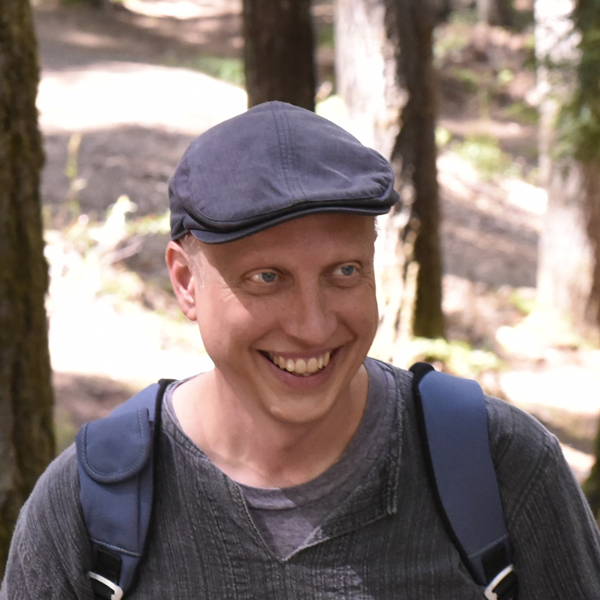
Matt Wright
Dr. Matthew Wright is a media systems designer, improvising composer/musician, computer music researcher, and the Technical Director of Stanford's Center for Computer Research in Music and Acoustics (CCRMA). He was the Musical Systems Designer at U.C. Berkeley's Center for New Music and Audio Technology (CNMAT) from 1993-2008, where he became known for his promotion of the Sound Description Interchange Format (SDIF) and Open Sound Control (OSC) standards, as well as his work with real-time mapping of musical gestures to sound synthesis. His dissertation at CCRMA concerned computer modeling of the perception of musical rhythm: "The Shape of an Instant: Measuring and Modeling Perceptual Attack Time with Probability Density Functions." He was the Research Director of UCSB's Center for Research in Electronic Arts and Technology (CREATE) for eight years, where he taught classes, advised students, founded and directed the CREATE Ensemble dedicated to research and musical creation with technology in a live performance context (which he still directs remotely), as well as being Principal Development Engineer for the AlloSphere, a 3-story full-surround immersive audiovisual instrument for scientific and artistic research. As a musician, he plays a variety of traditional plucked lutes, Afro-Brazilian percussion, and computer-based instruments of his own design, in both traditional music contexts and experimental new works.
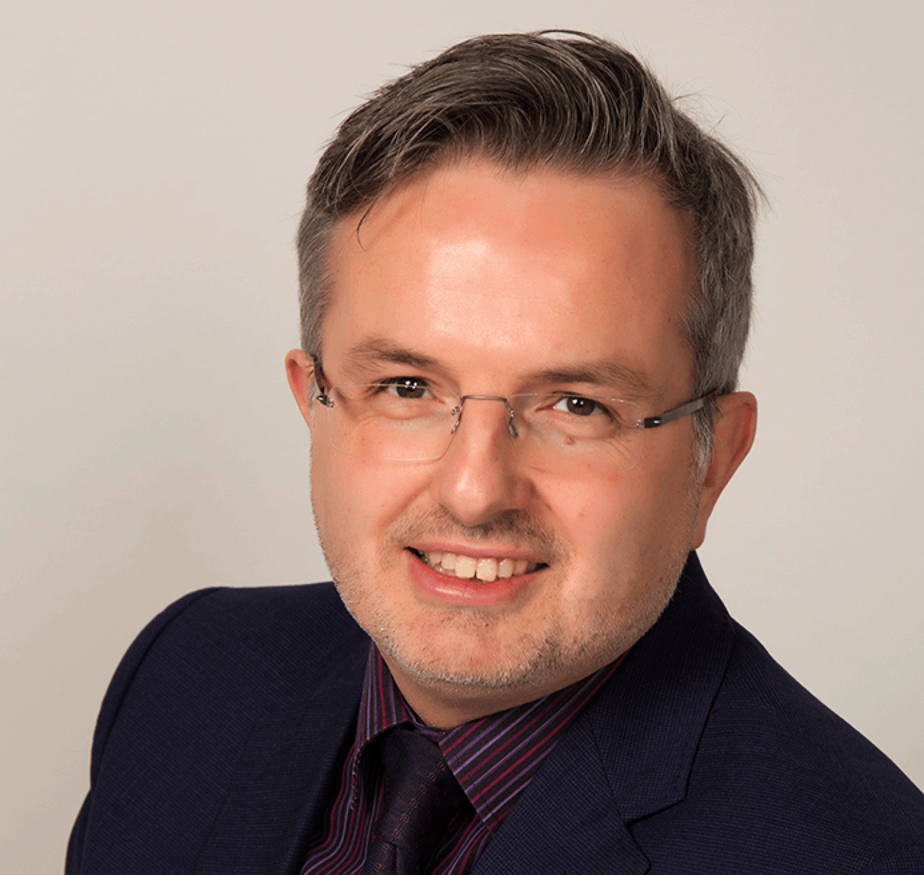
Michael Young
is composer and currently Deputy Vice-Chancellor at the University of Sunderland in the North East of England, previously Head of Music at Goldsmiths. He is co-founder of the EPSRC-funded Live Algorithms for Music network. He studied at the Universities of Oxford and Durham. His work has focused on interactive music systems, art collaborations and generative audiovisual installation. Chris Redgate’s CD (Electrifying Oboe, Métier) includes two versions of oboe_prosthesis.
www.michaelyoung.info
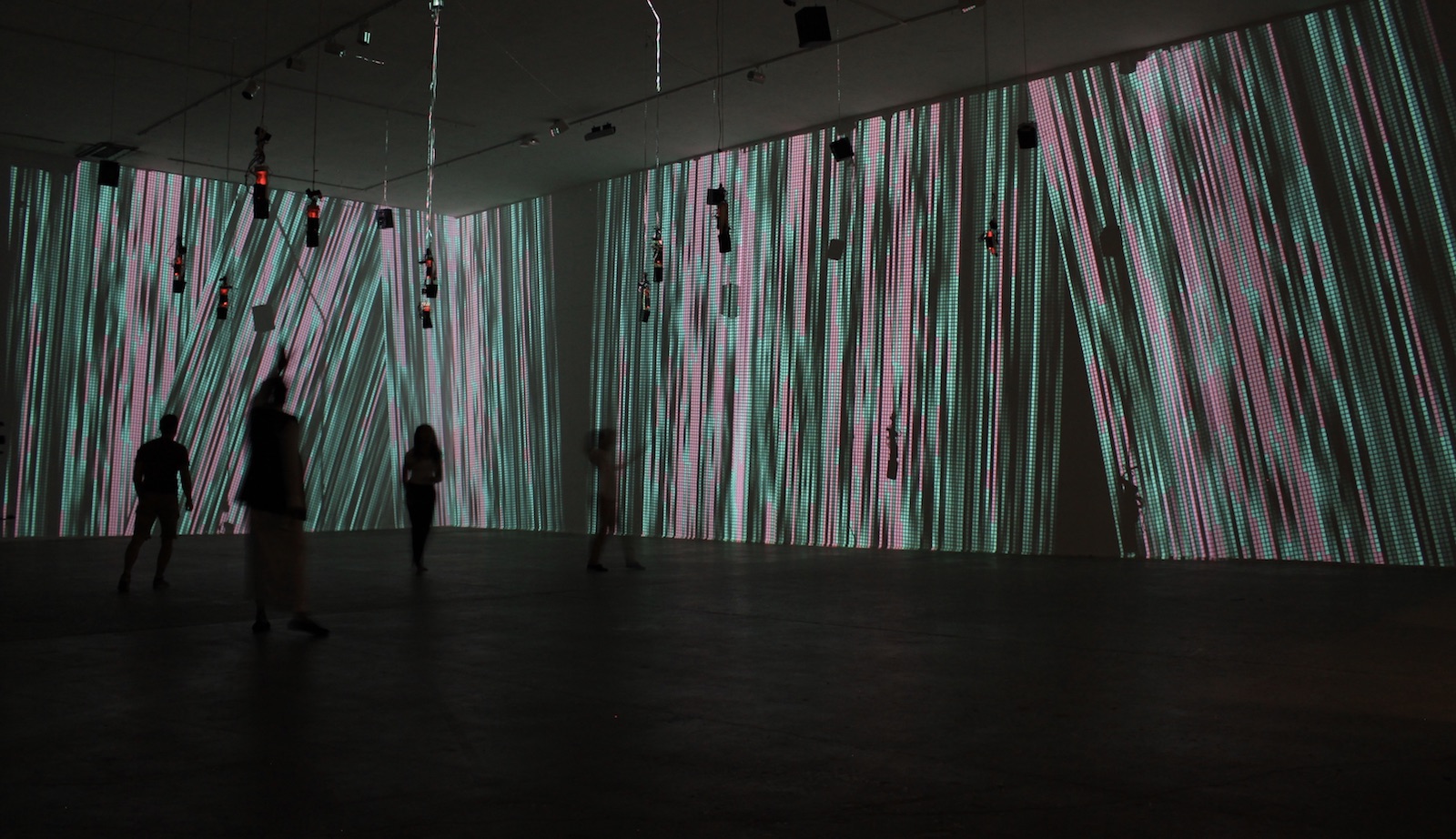
Mina Zarfsaz
is an interdisciplinary artist, designer and system thinker who works across the fields of art, philosophy, architecture, and design. Her work seeks to invert common tools and social control to create dialogue, exchange critical perspective, generate questions and ideally inspire a better understanding of what we perceive as reality and its representations. Zarfsaz’ work explores the nature of perception and the organization of the everyday in the world around us. Her work is part of a larger set of challenges to two ideas: we consider our bodies separate from our environment, and that our perception happens in our heads without requiring an enactive approach to the environment. In her procedural installations, the walking body is conditioned by the architecture where the body often gets involved in a series of imaging-along— walking around, bending, and situating in order to assemble or dismantle an expectation—that reconstitutes new perceptions, and thereby reinscribes new realities. Zarfsaz has attended Pratt Institute's MFA ComD program and received her MFA from Montclair State University in Studio Arts. She holds a BFA from State University of New York, a BA in Business Administration from University of Alzahra and an Interior Design Certificate from Tehran University. Zarfsaz currently lives and works in Philadelphia, Pennsylvania, and holds teaching appointments at Temple University, and Rowan University. Zarfsaz regularly works as a lecturer and workshop leader; her work has been shown in galleries internationally and across New York: Magnan Metz Gallery, Broadway Gallery, Times Square Museum, and New York State Museum to name a few. Her work is also featured in Artslant, NY Arts Magazine. In 2016, Zarfsaz joined the art collective Vox Populi in Philadelphia as a member and board of directors’ member representative. At Vox she focuses on curatorial and publications programming. She has been granted residencies at Vermont Studio Center and most recently at Icebox Project Space.
minazarfsaz.com
